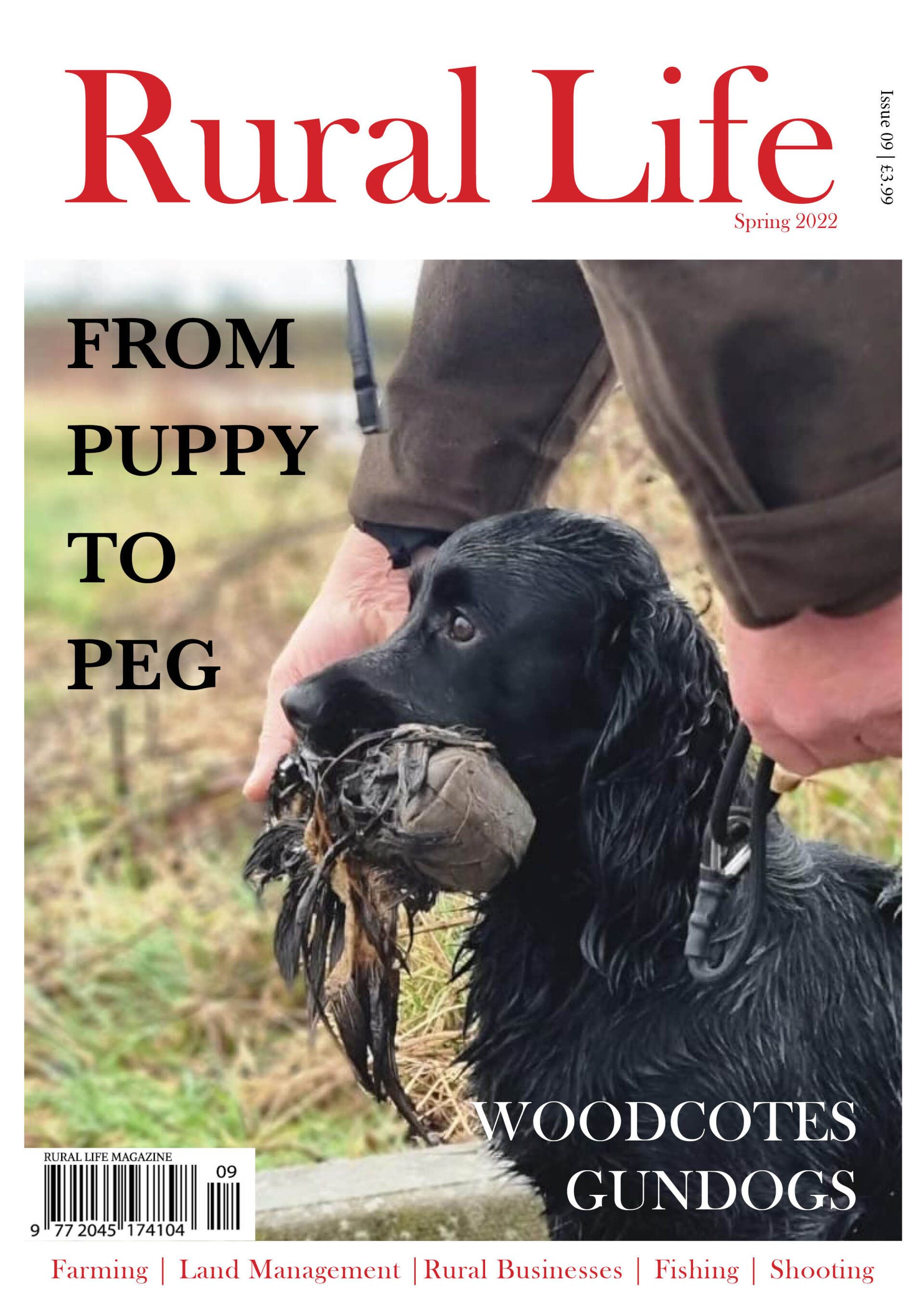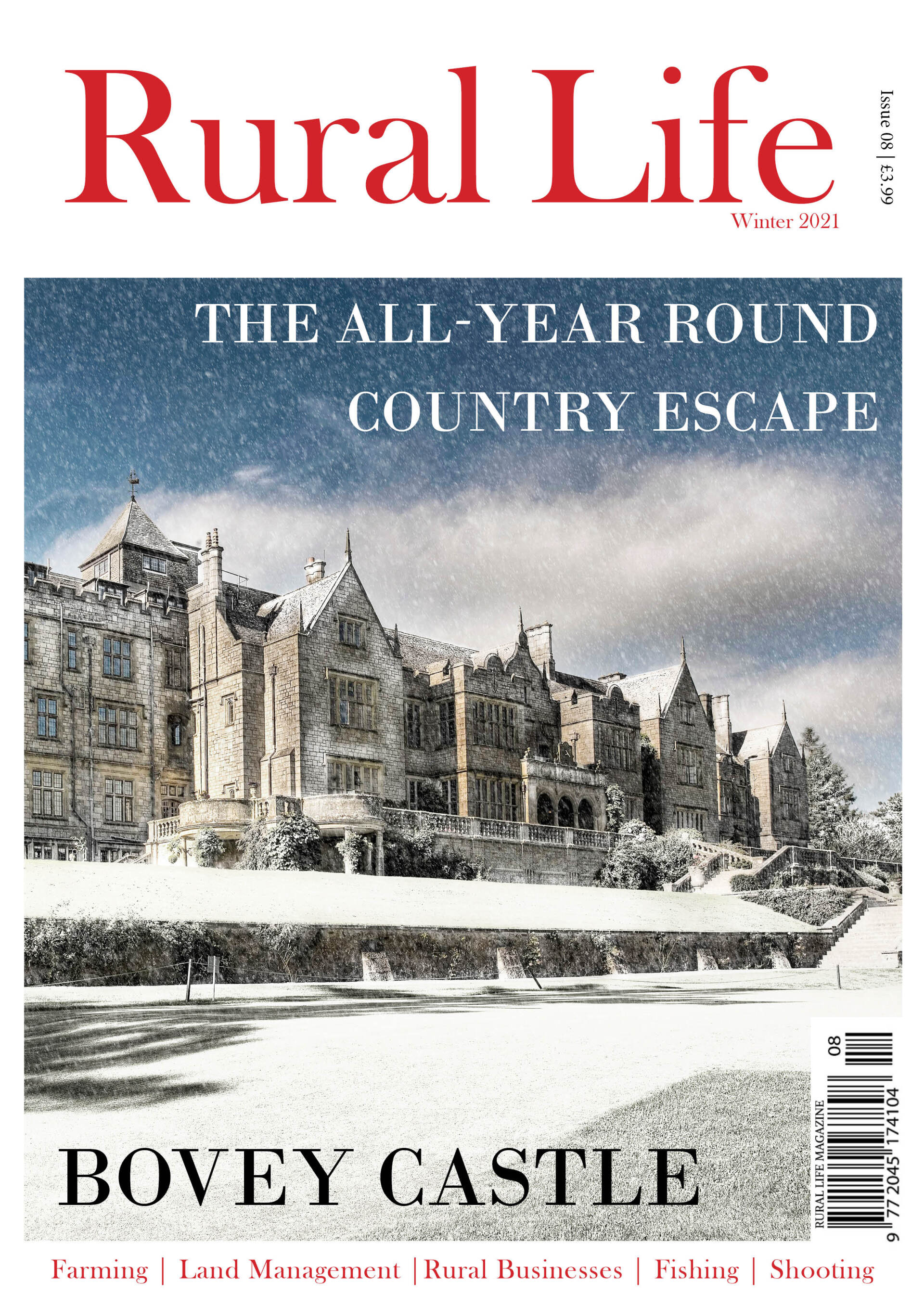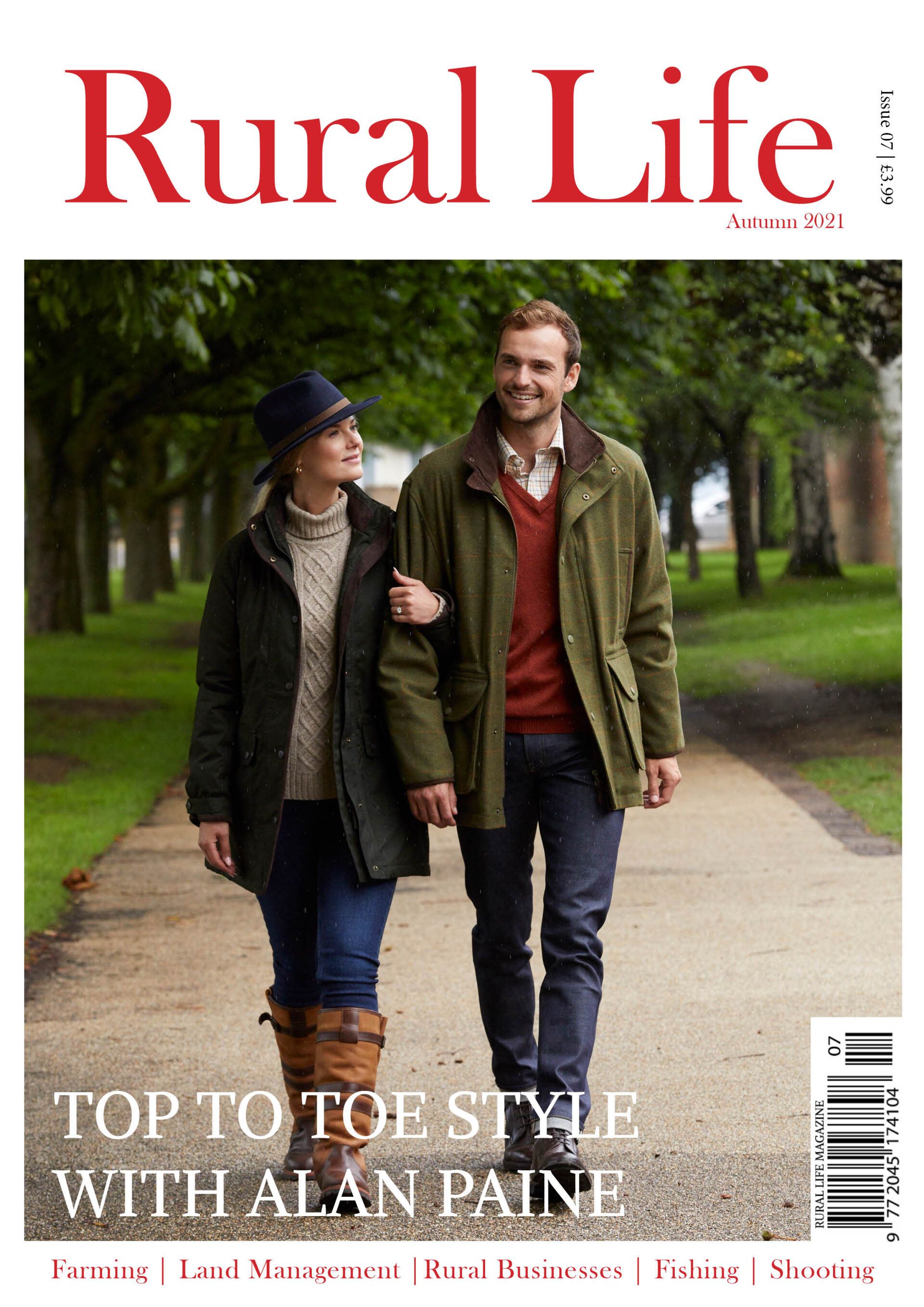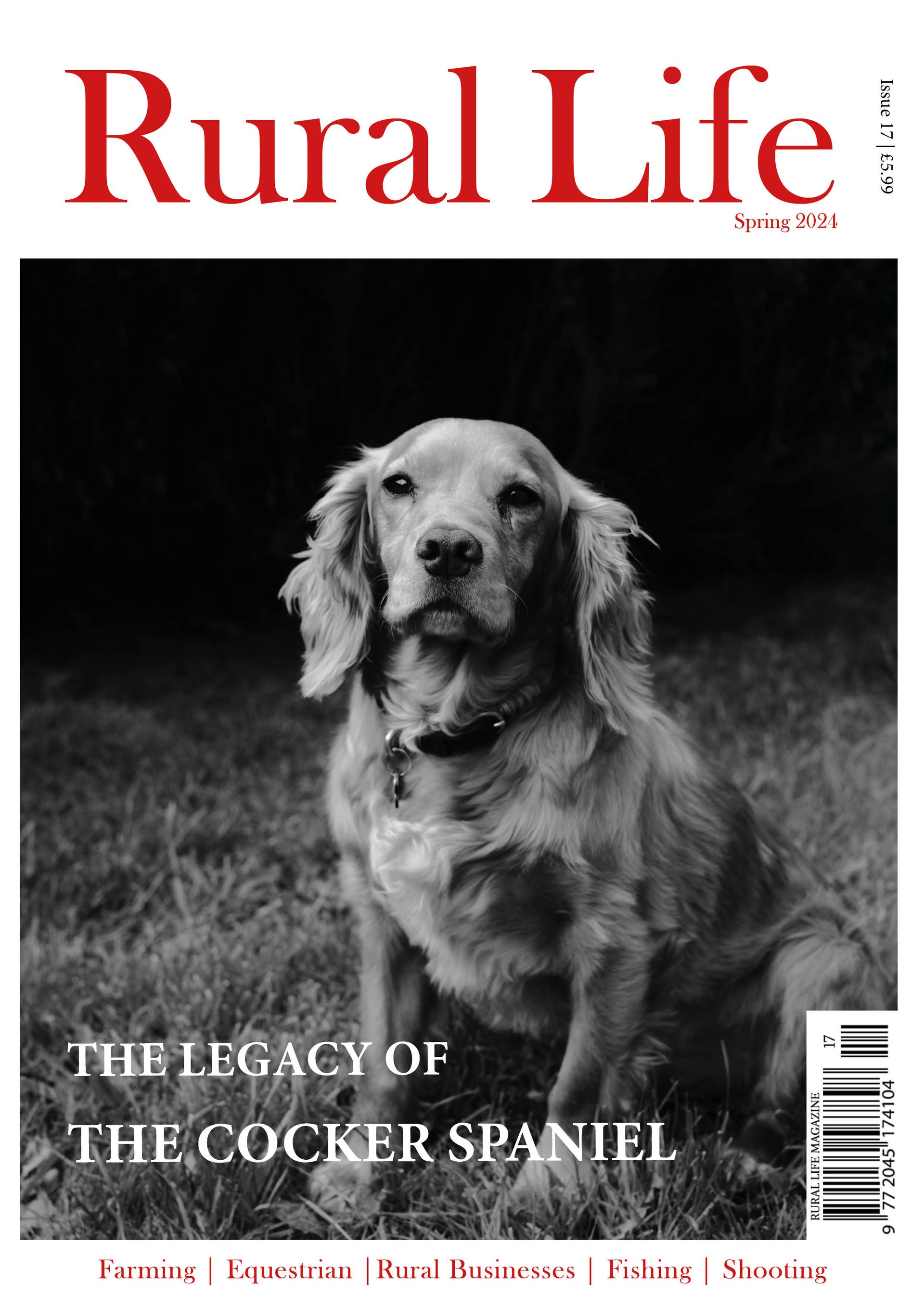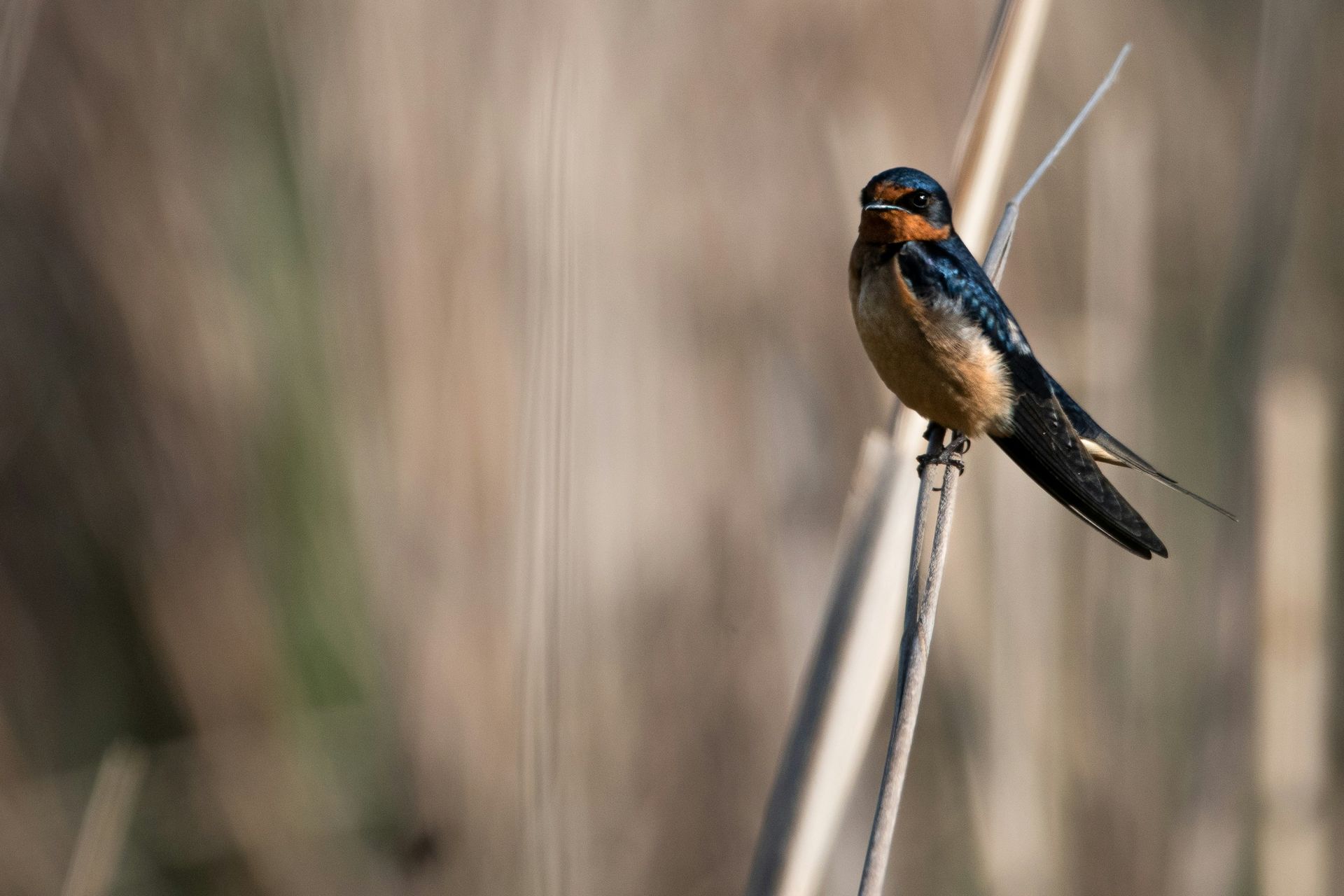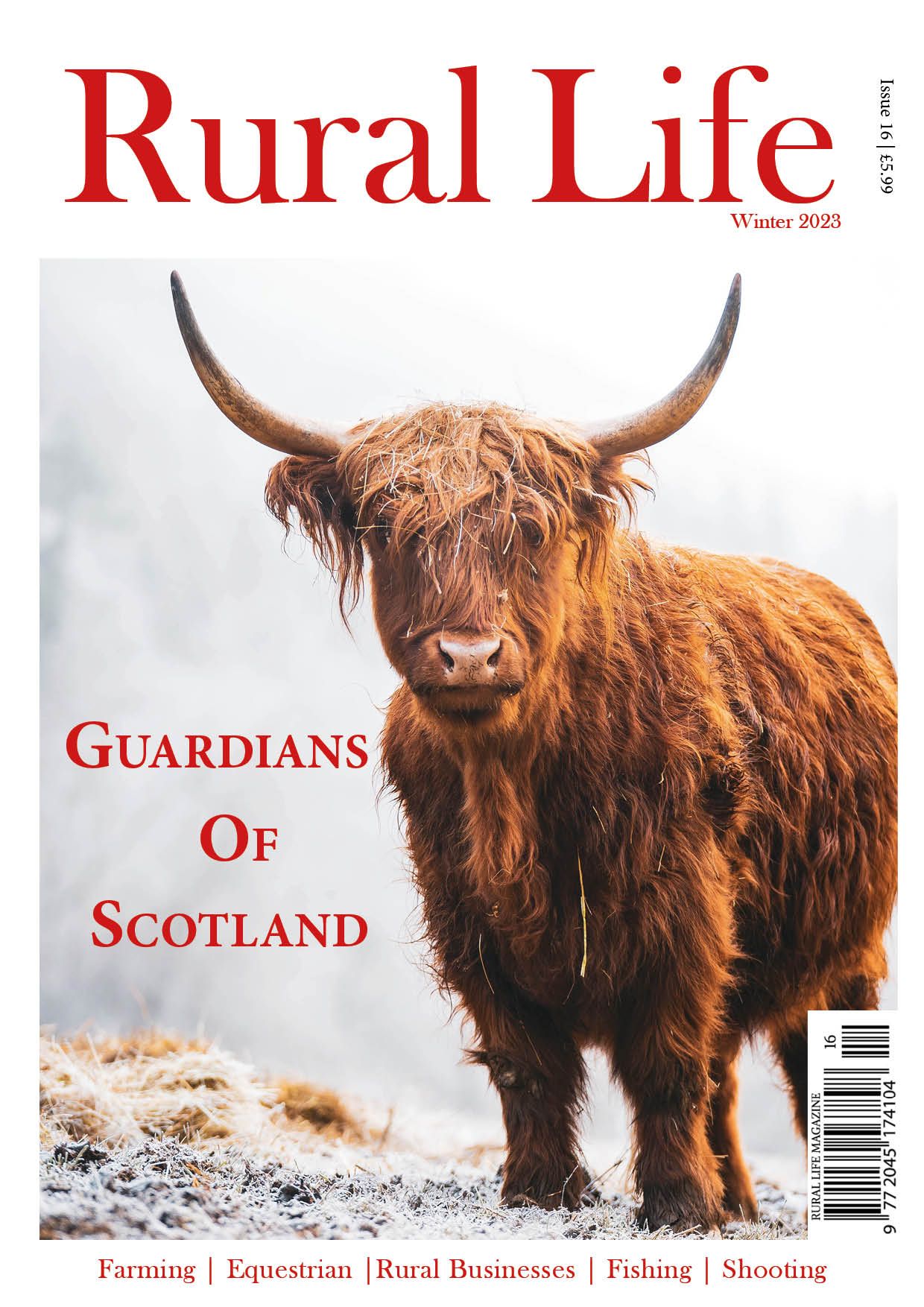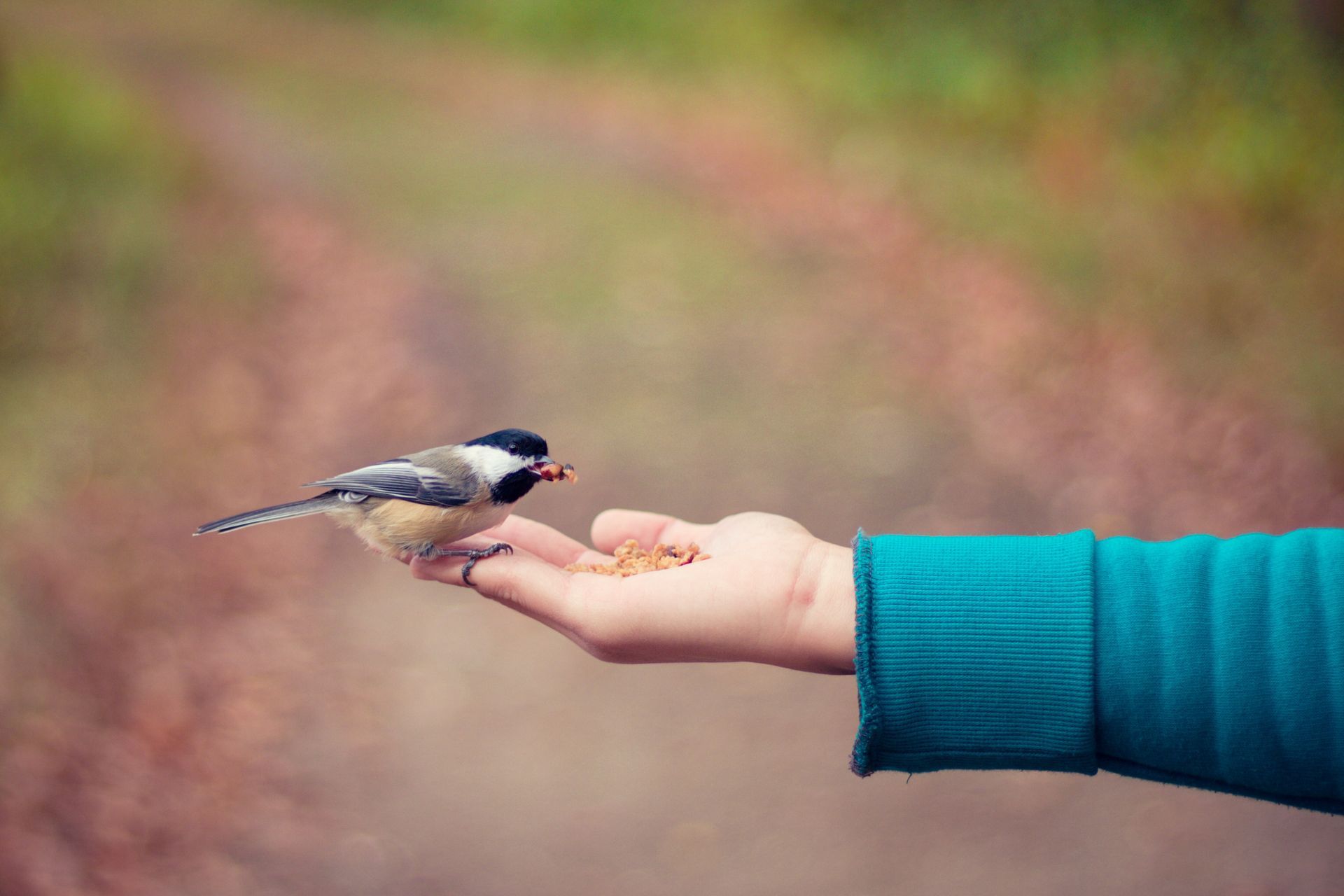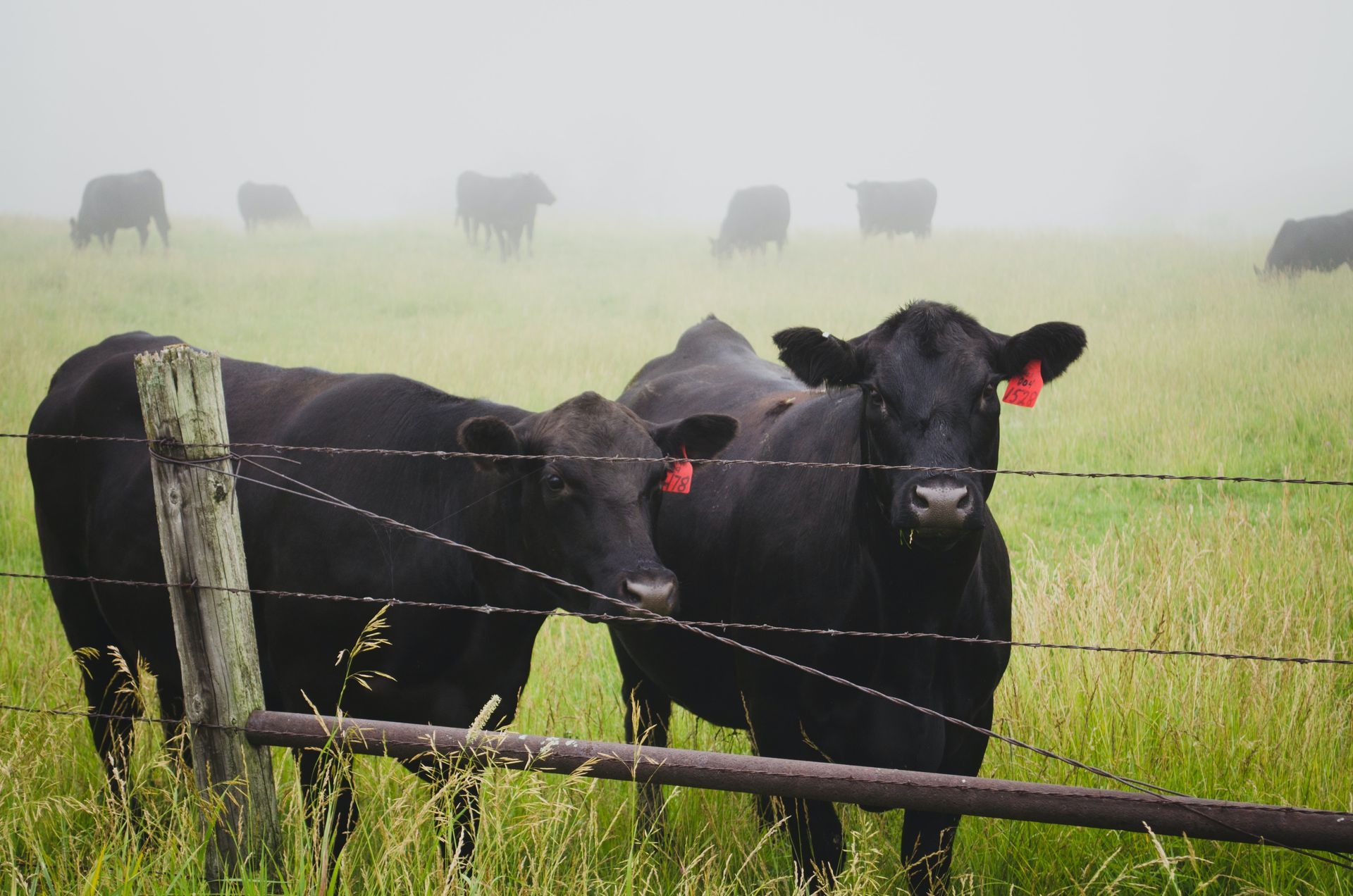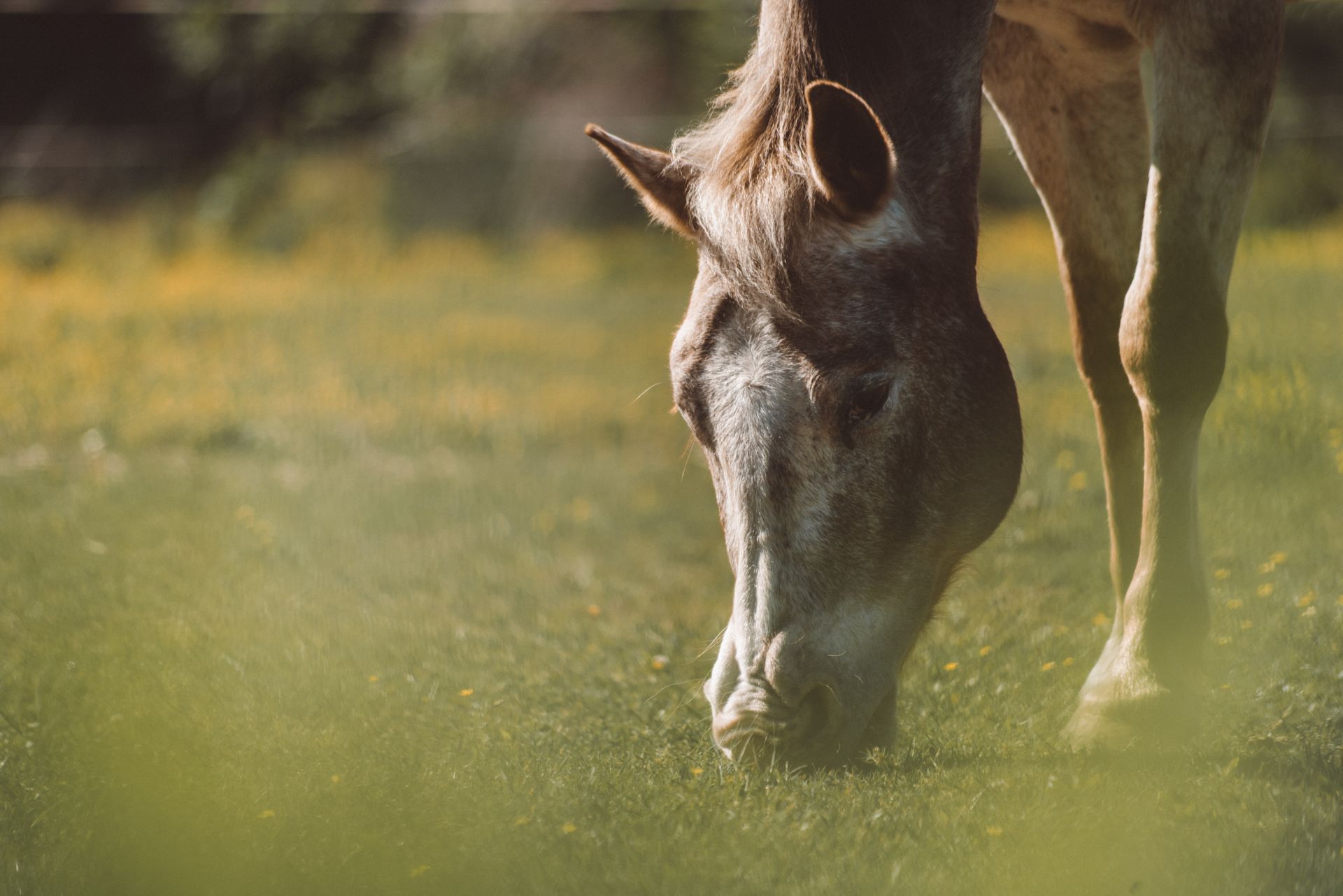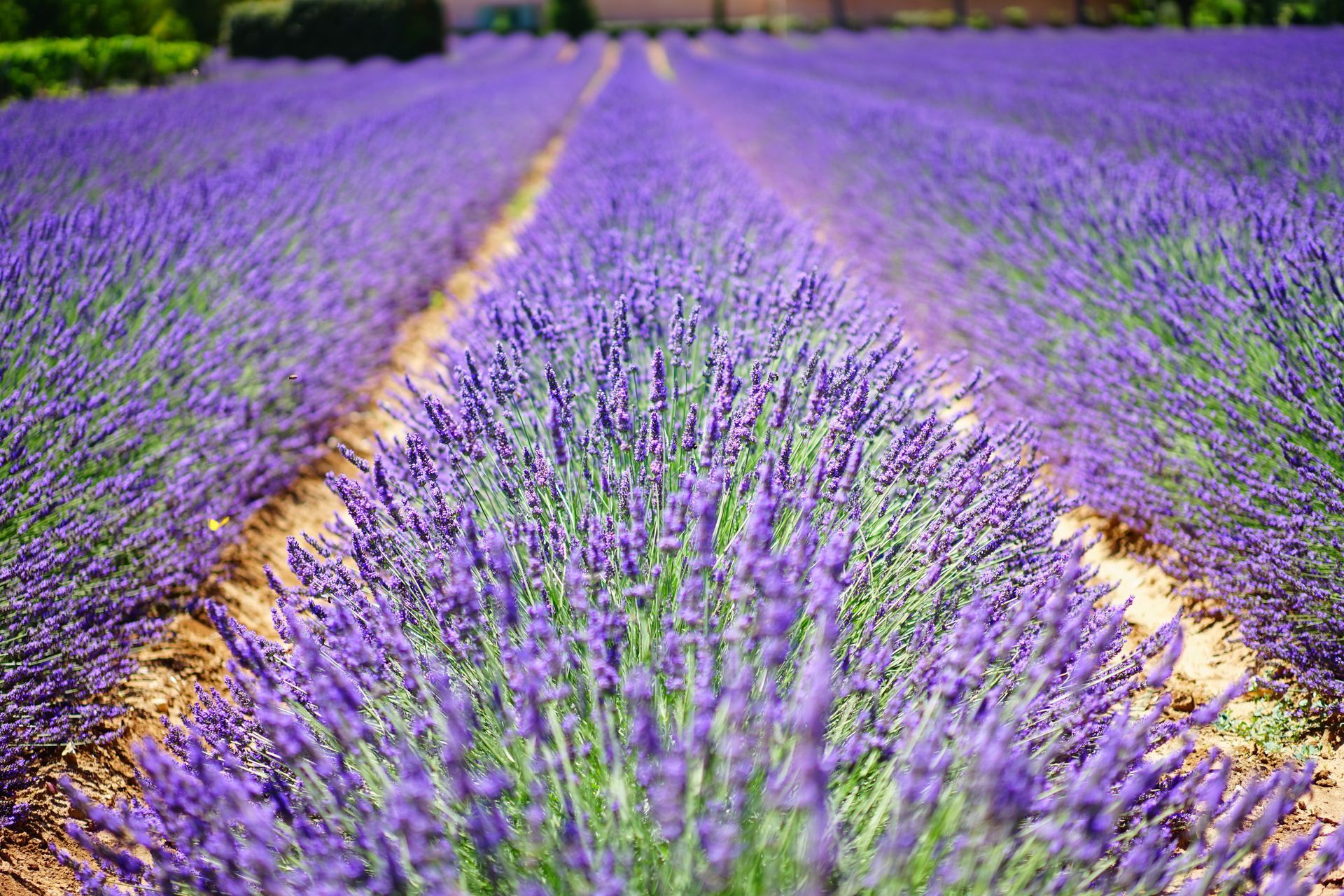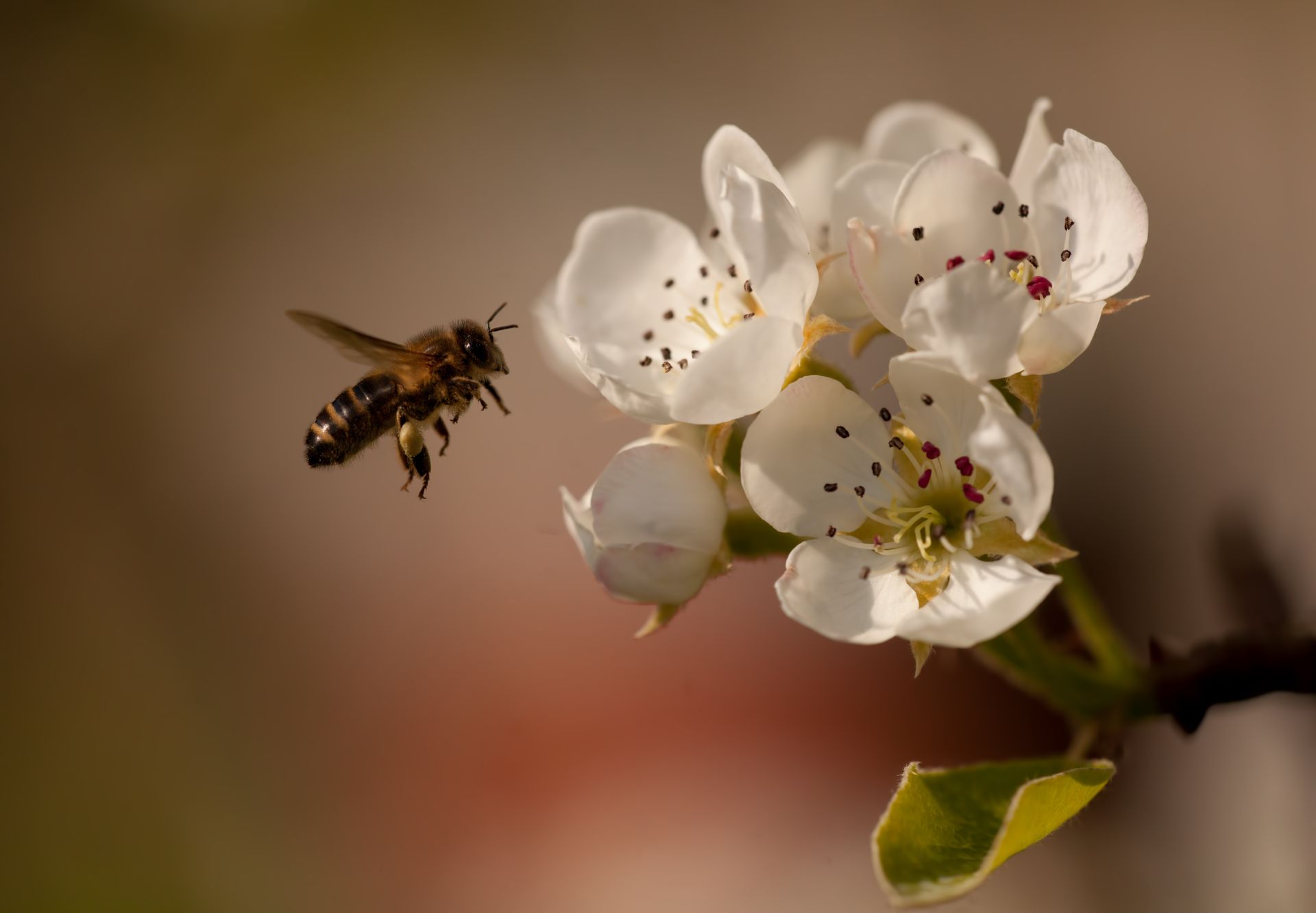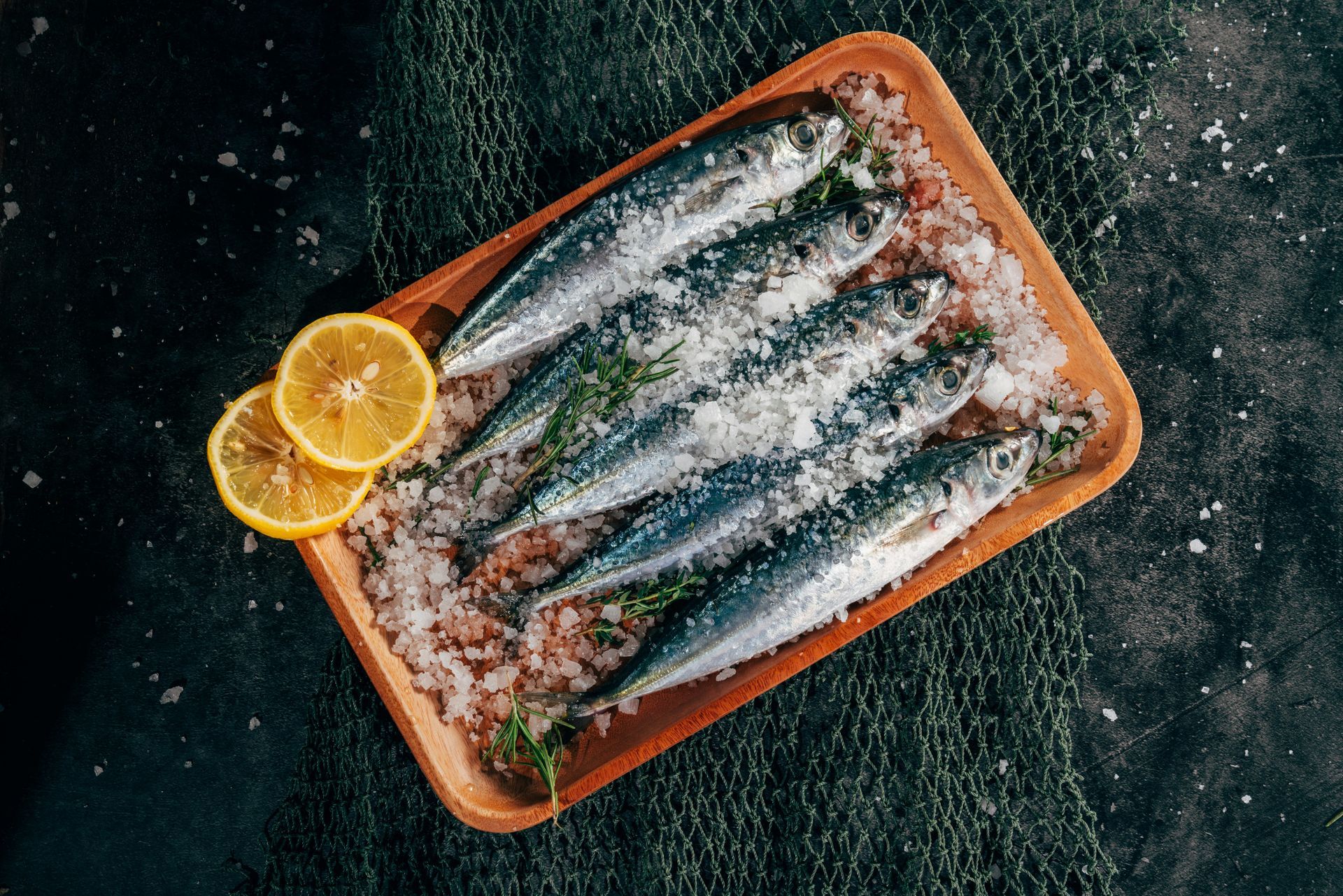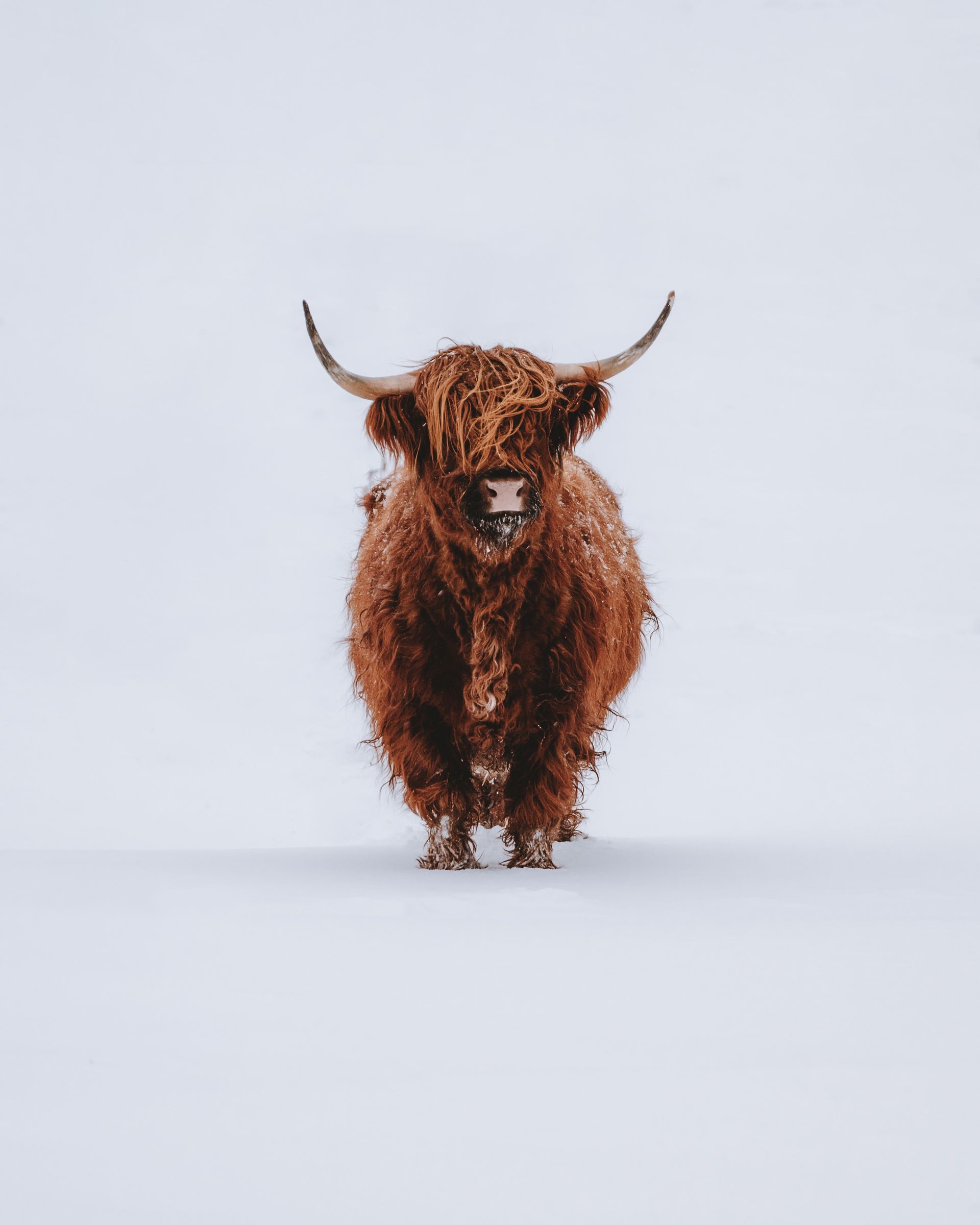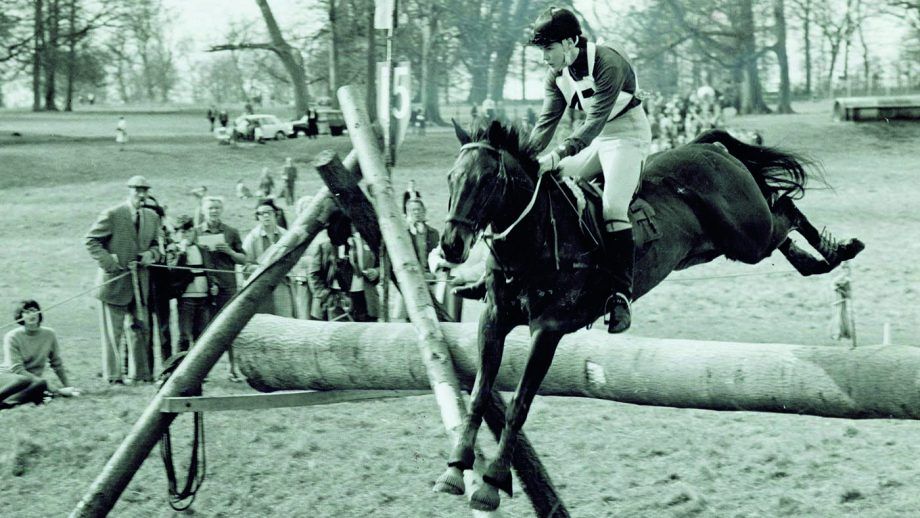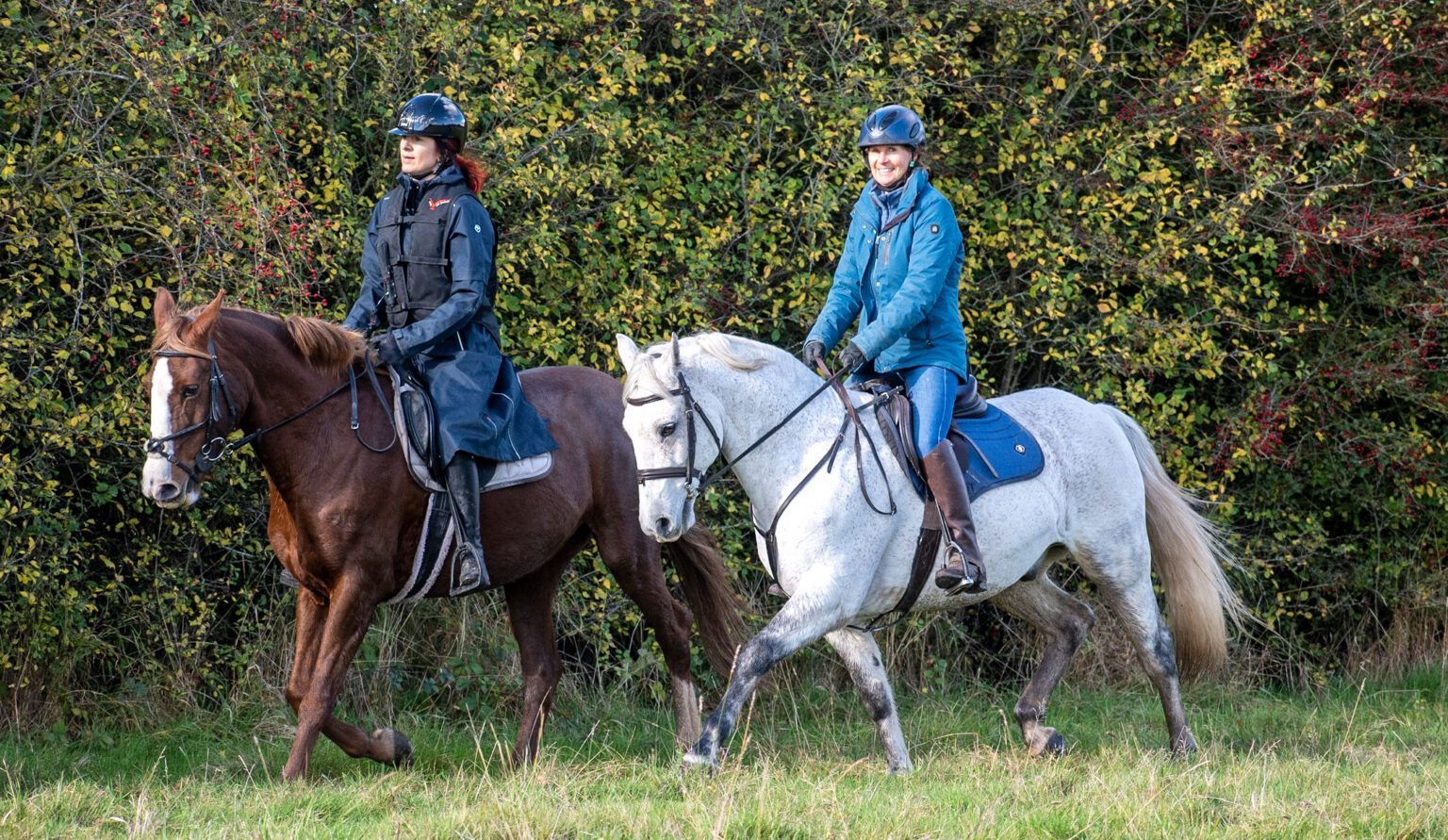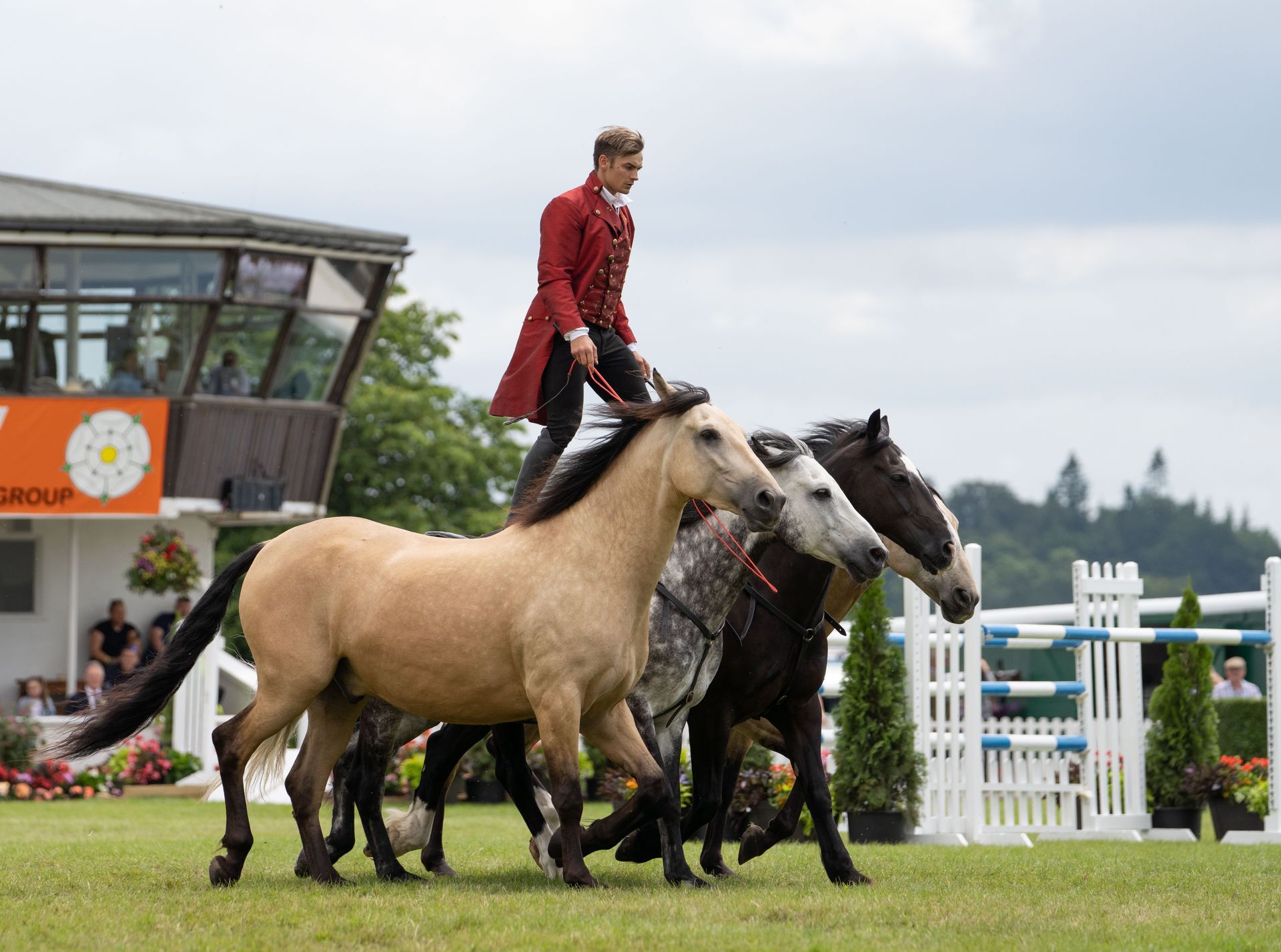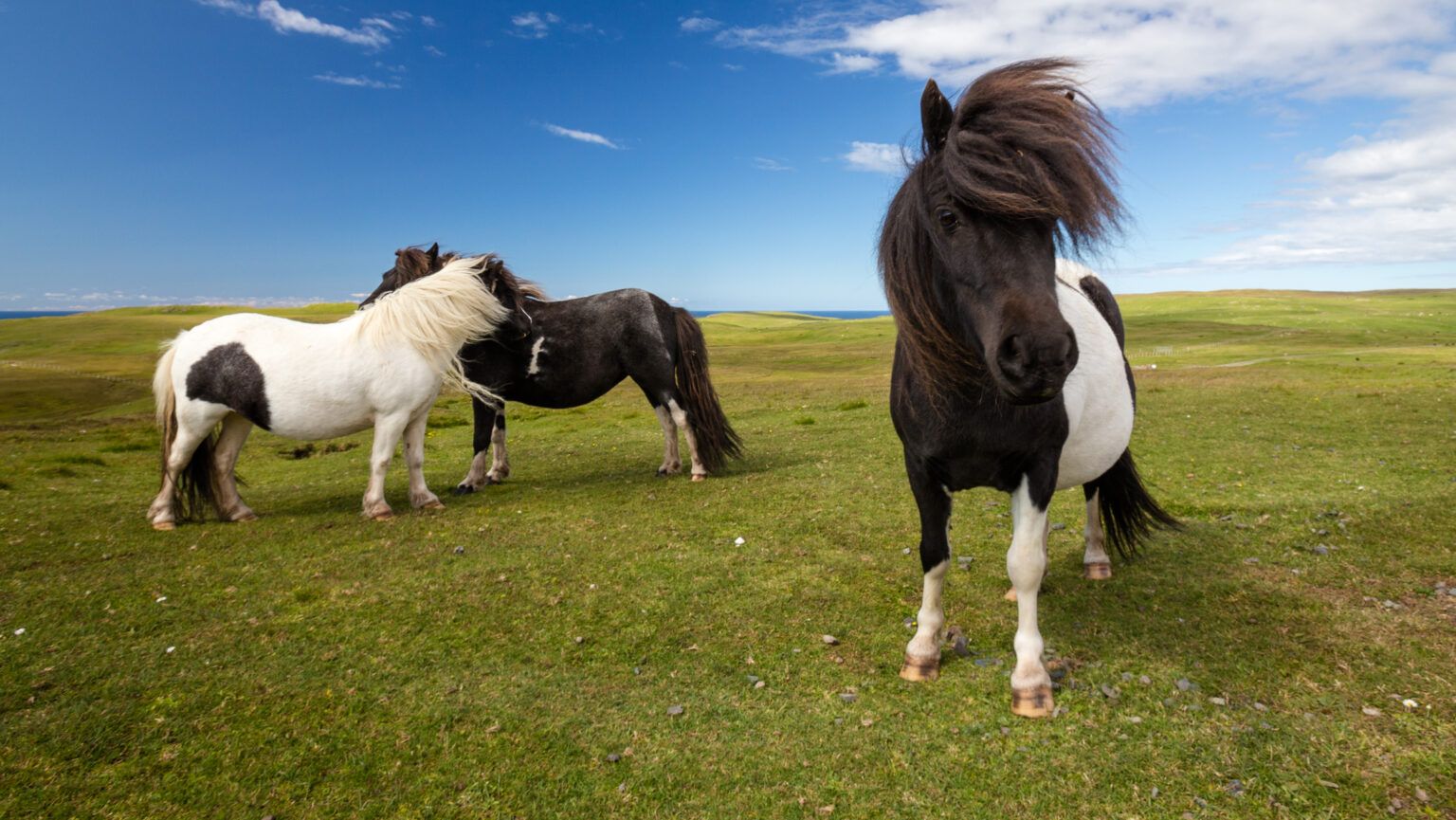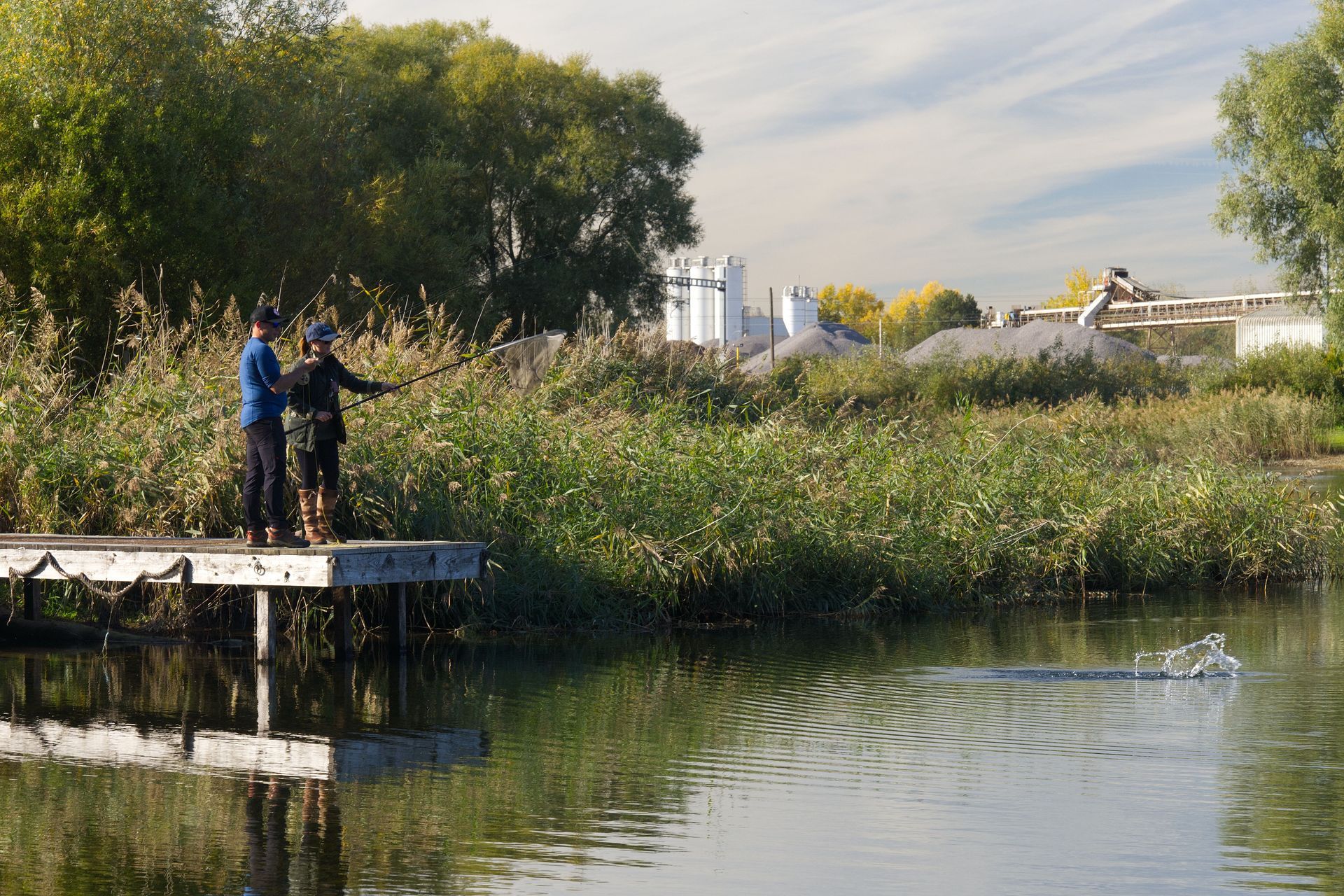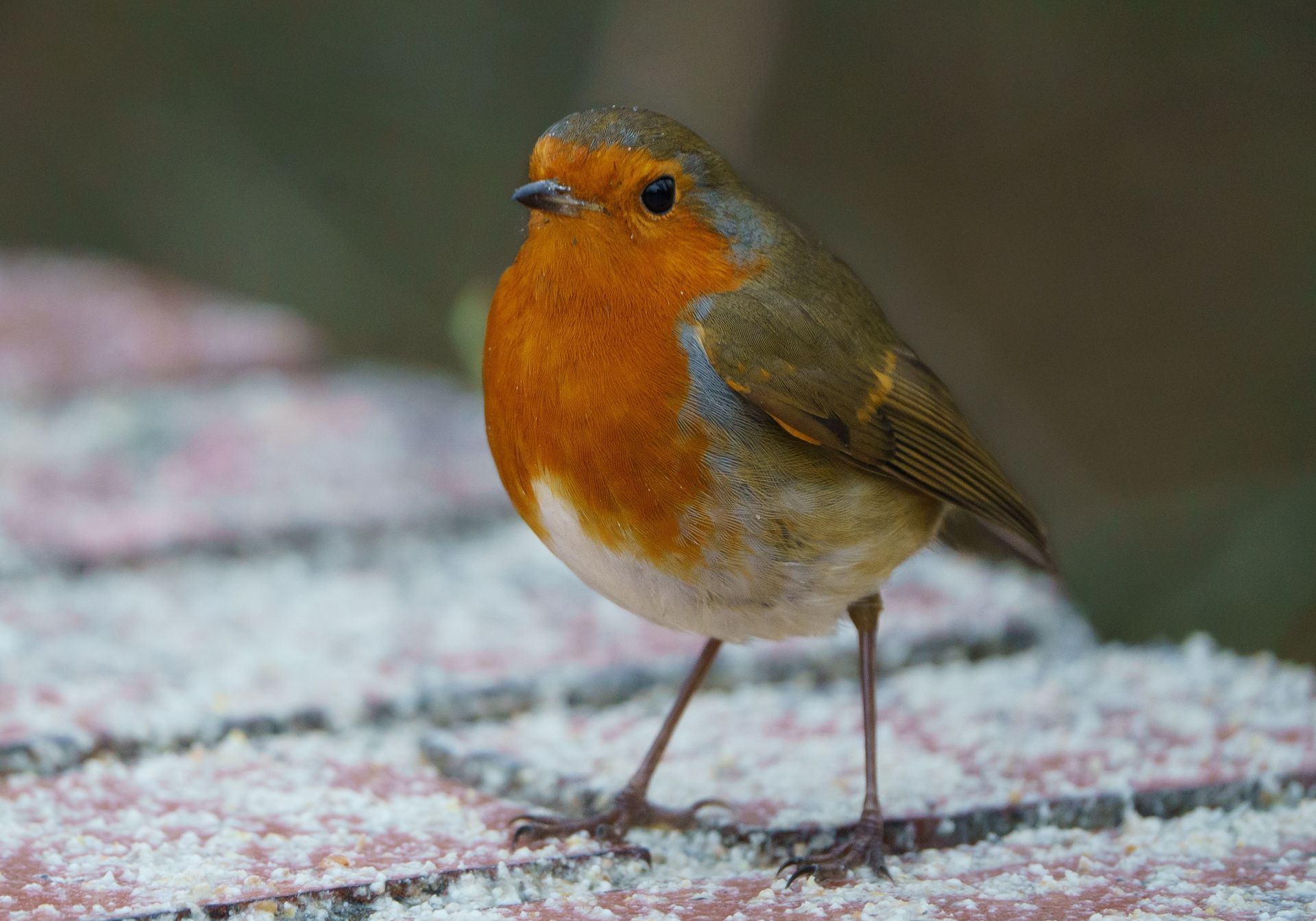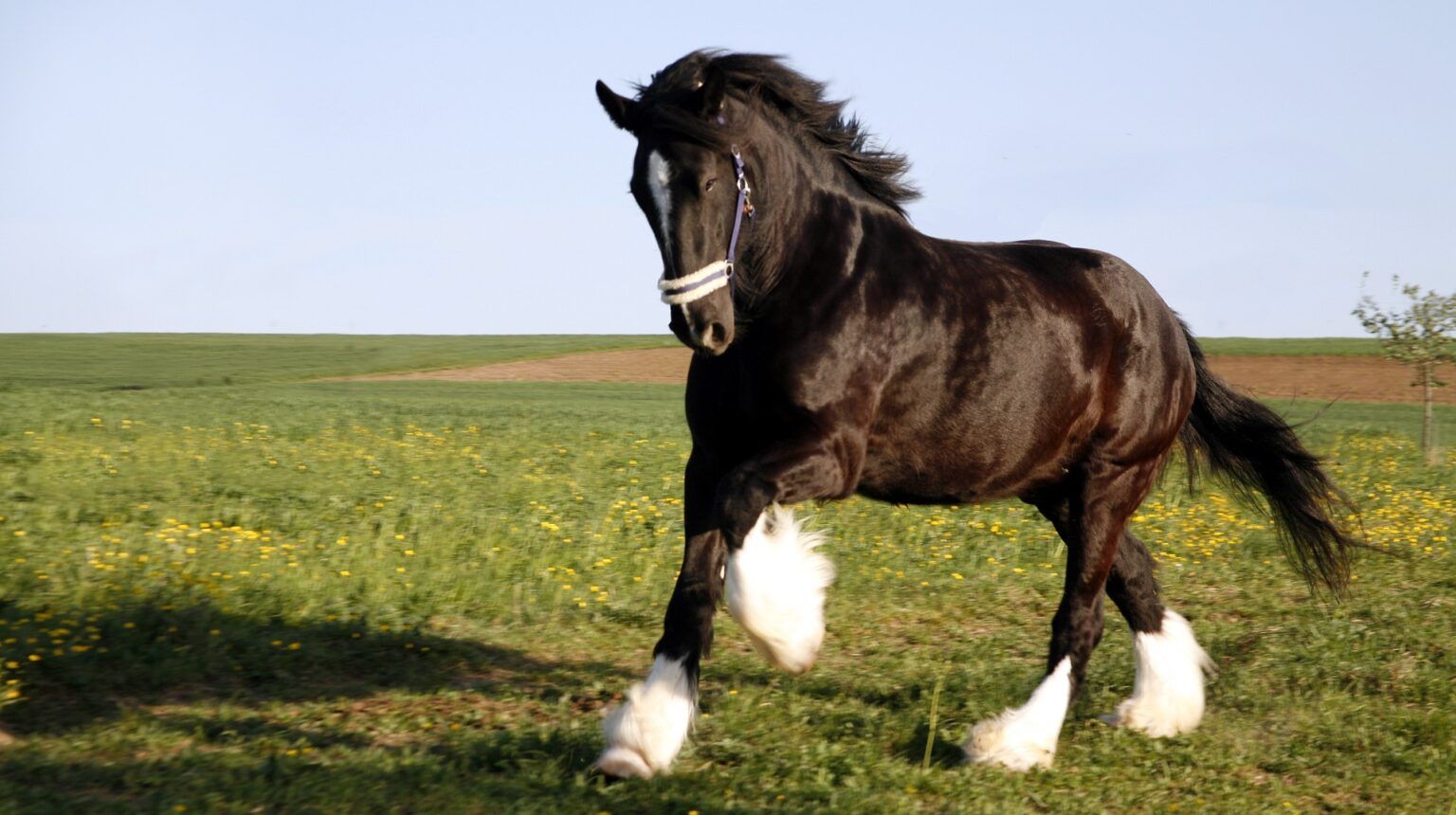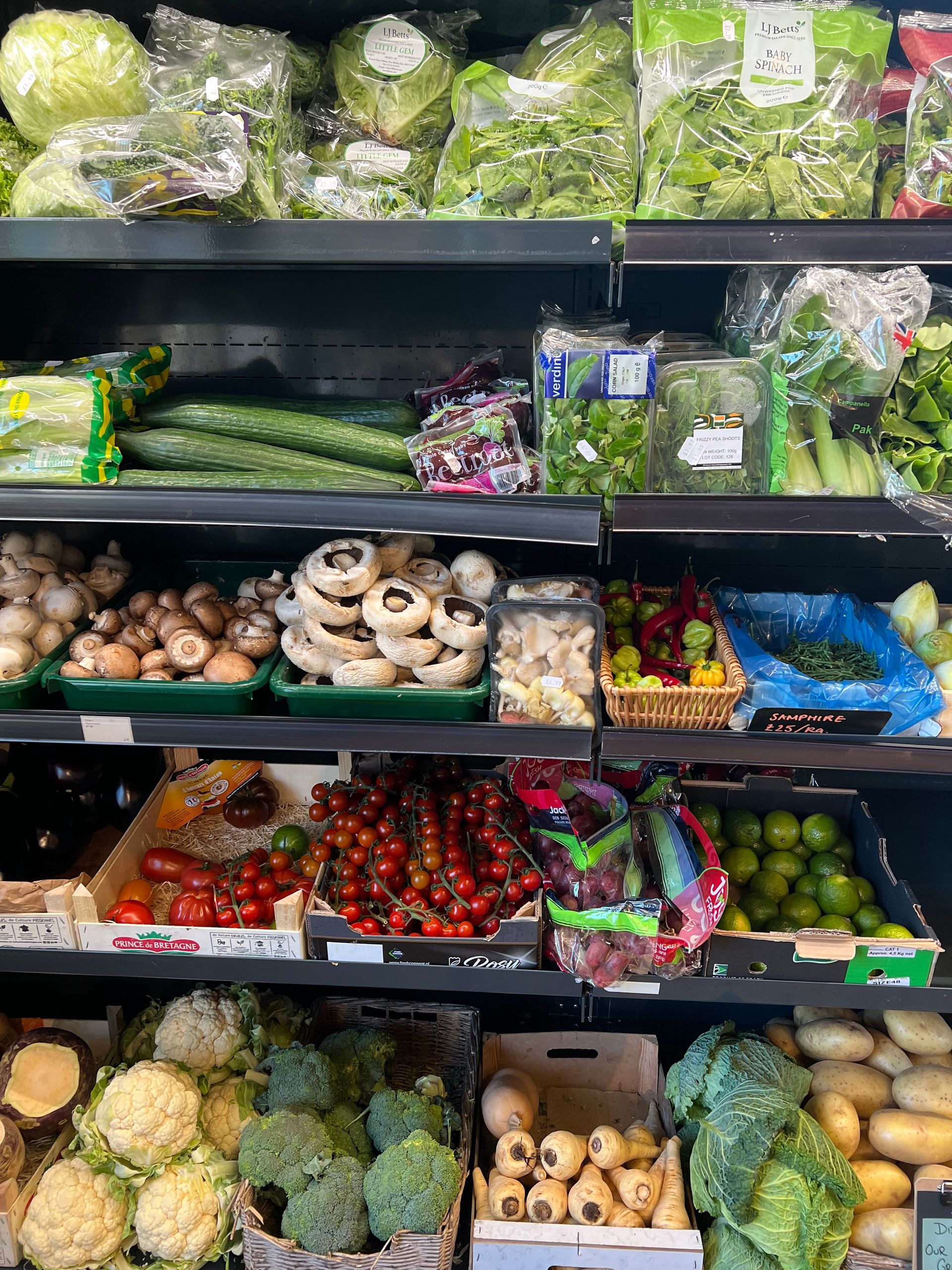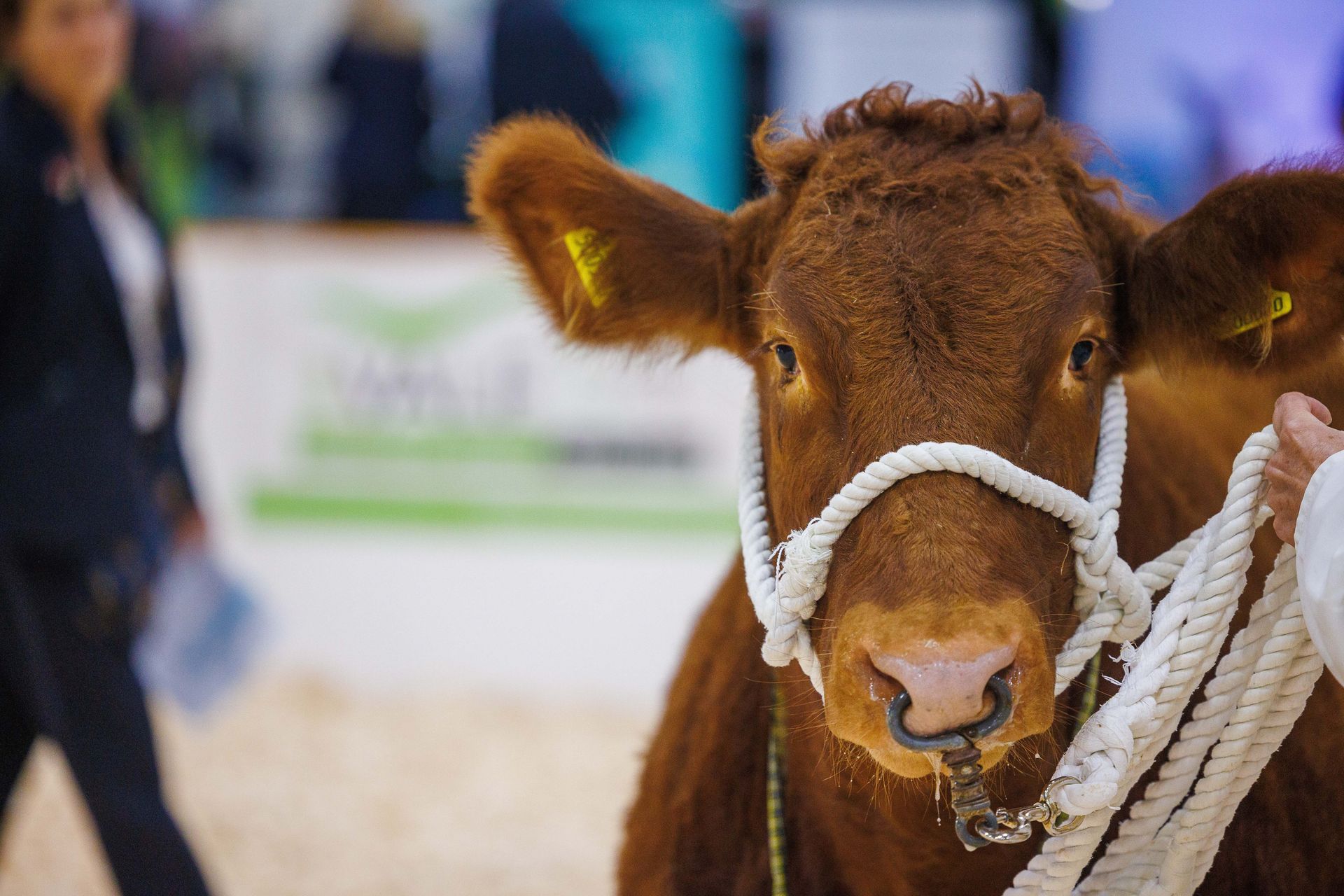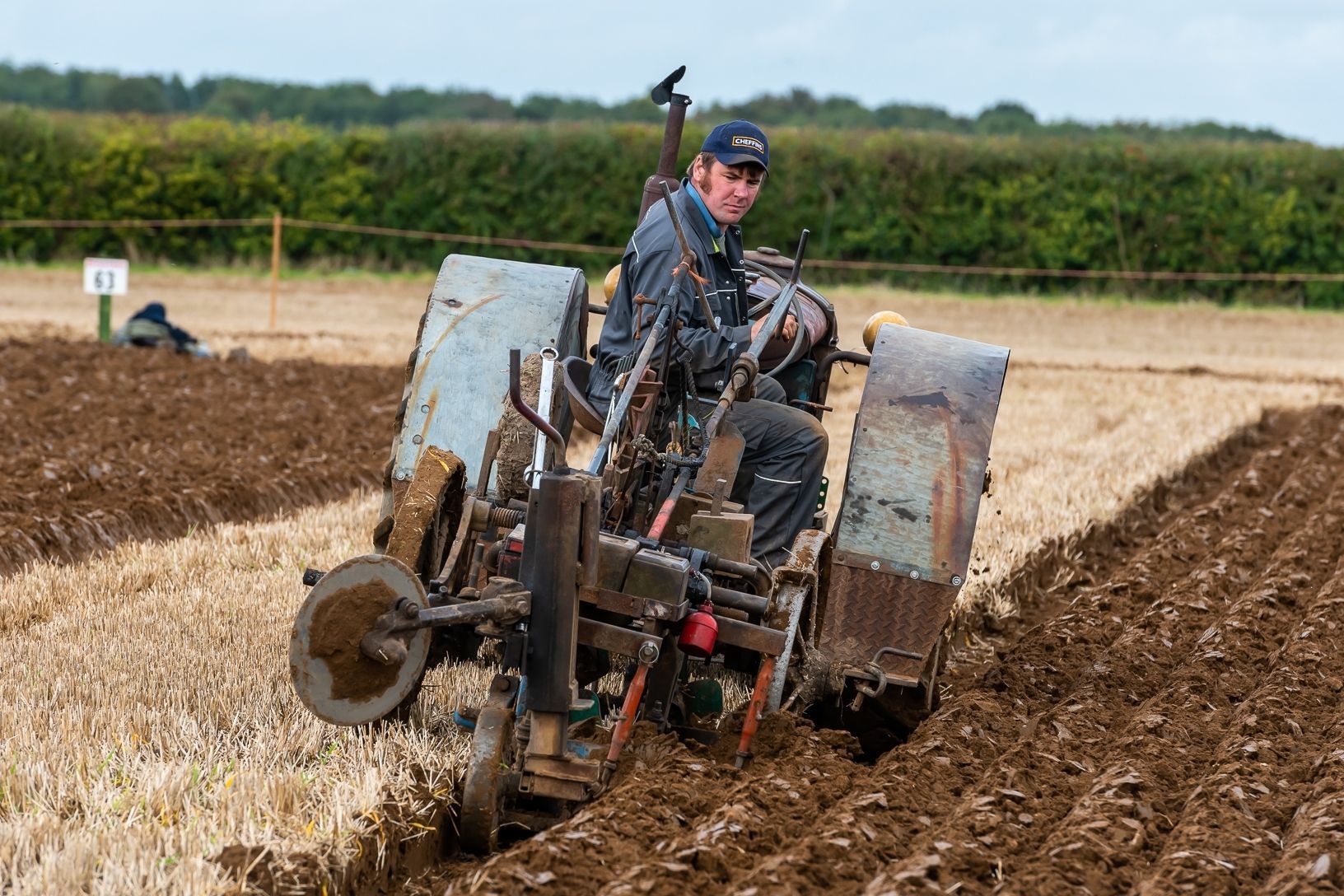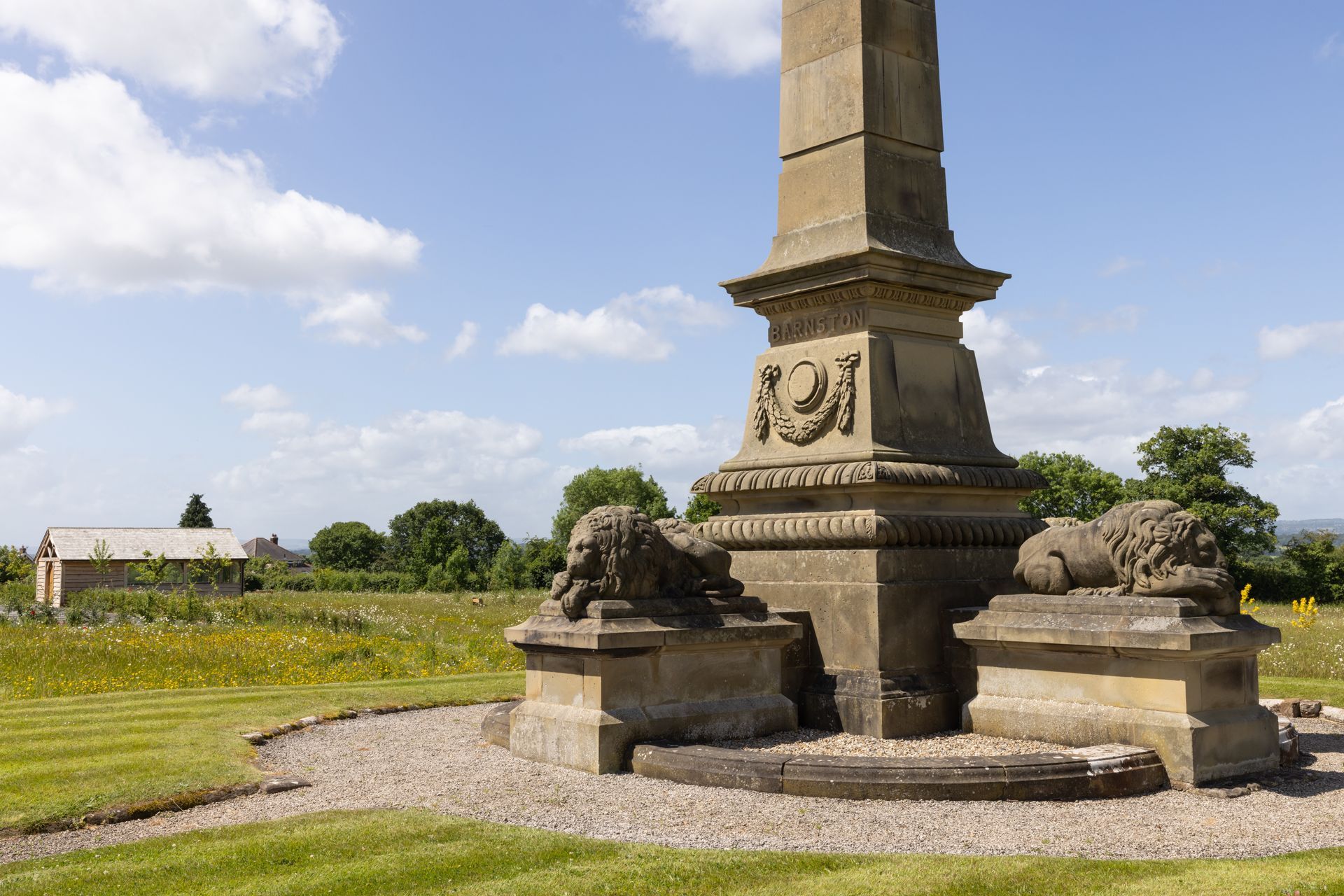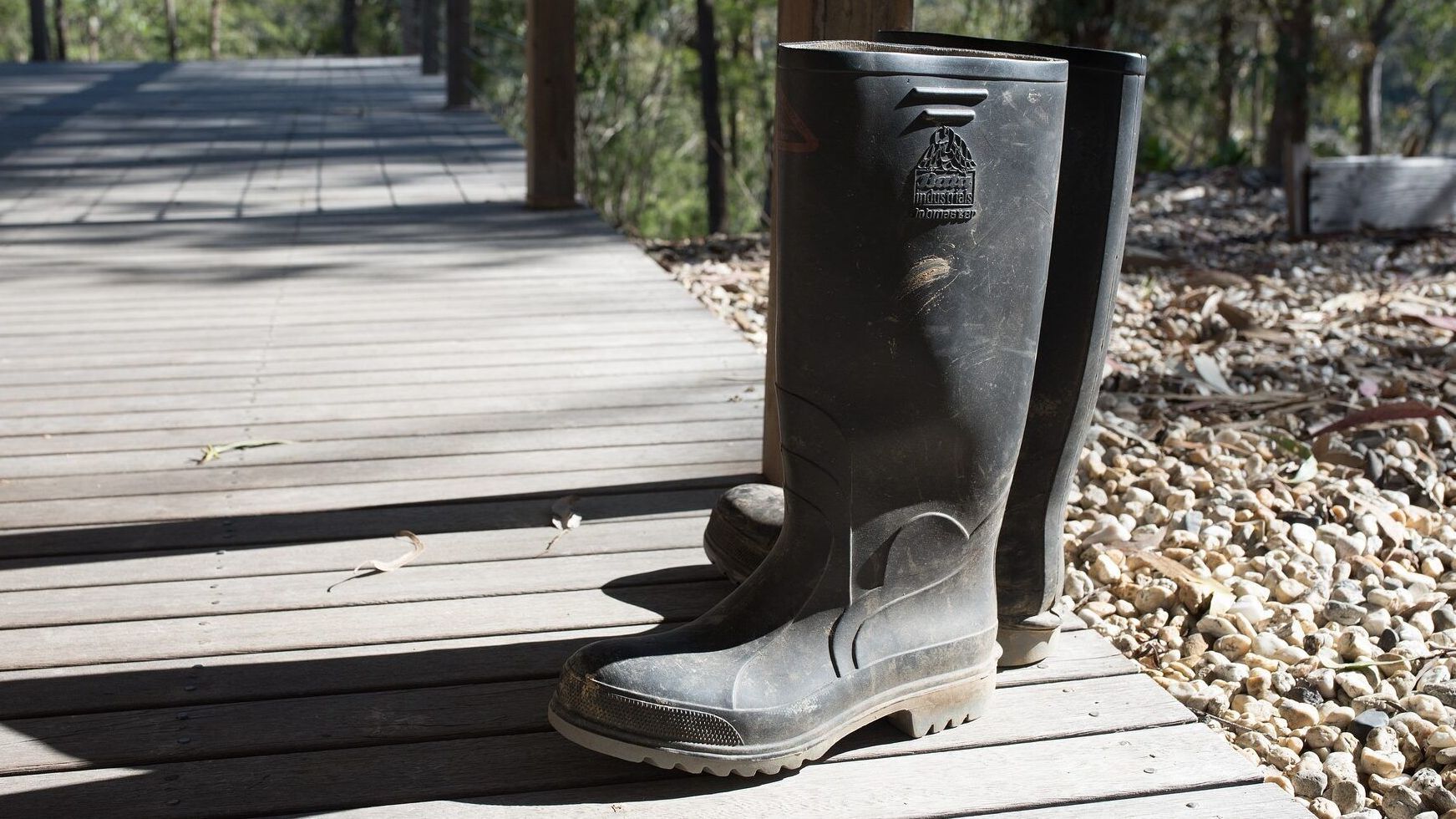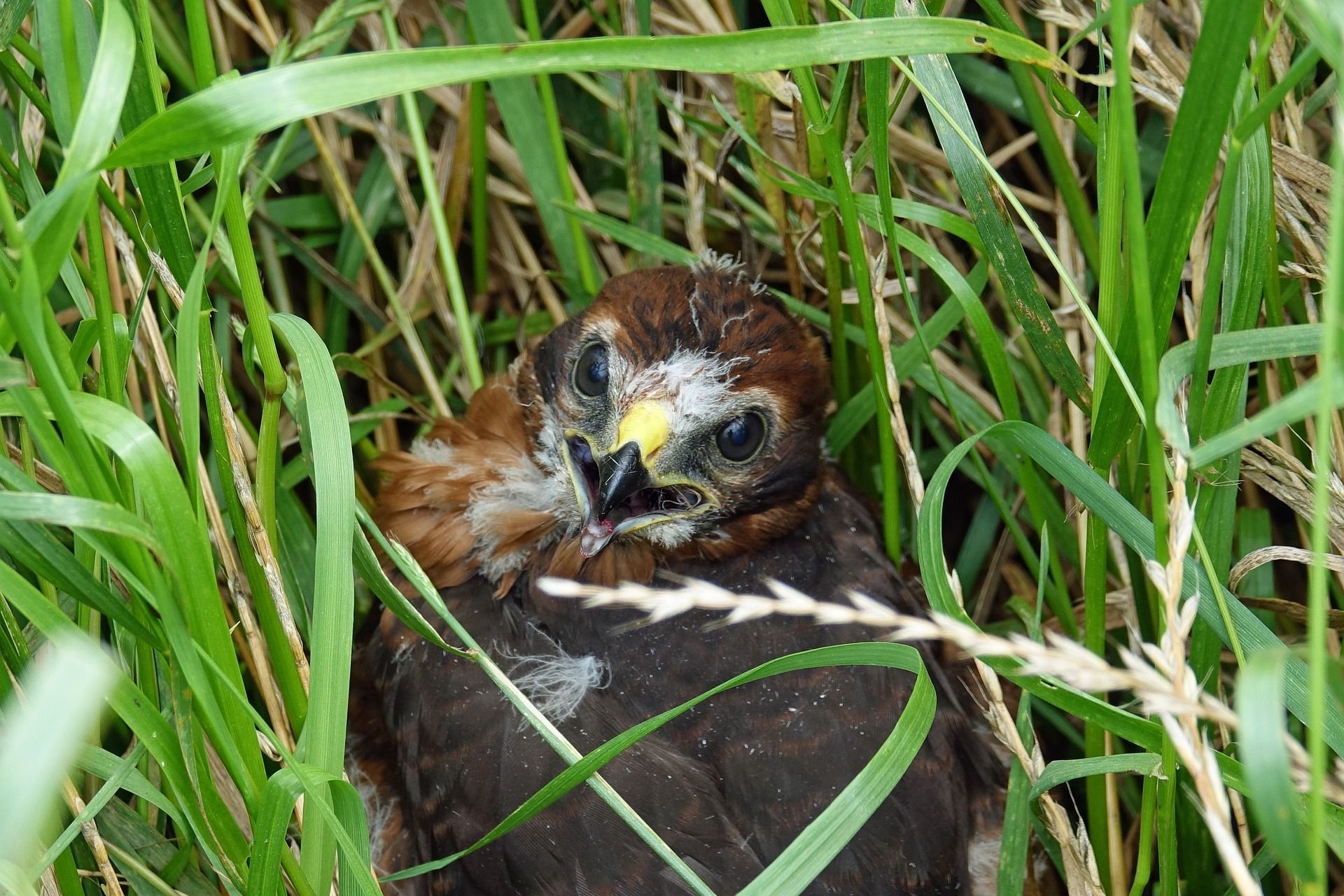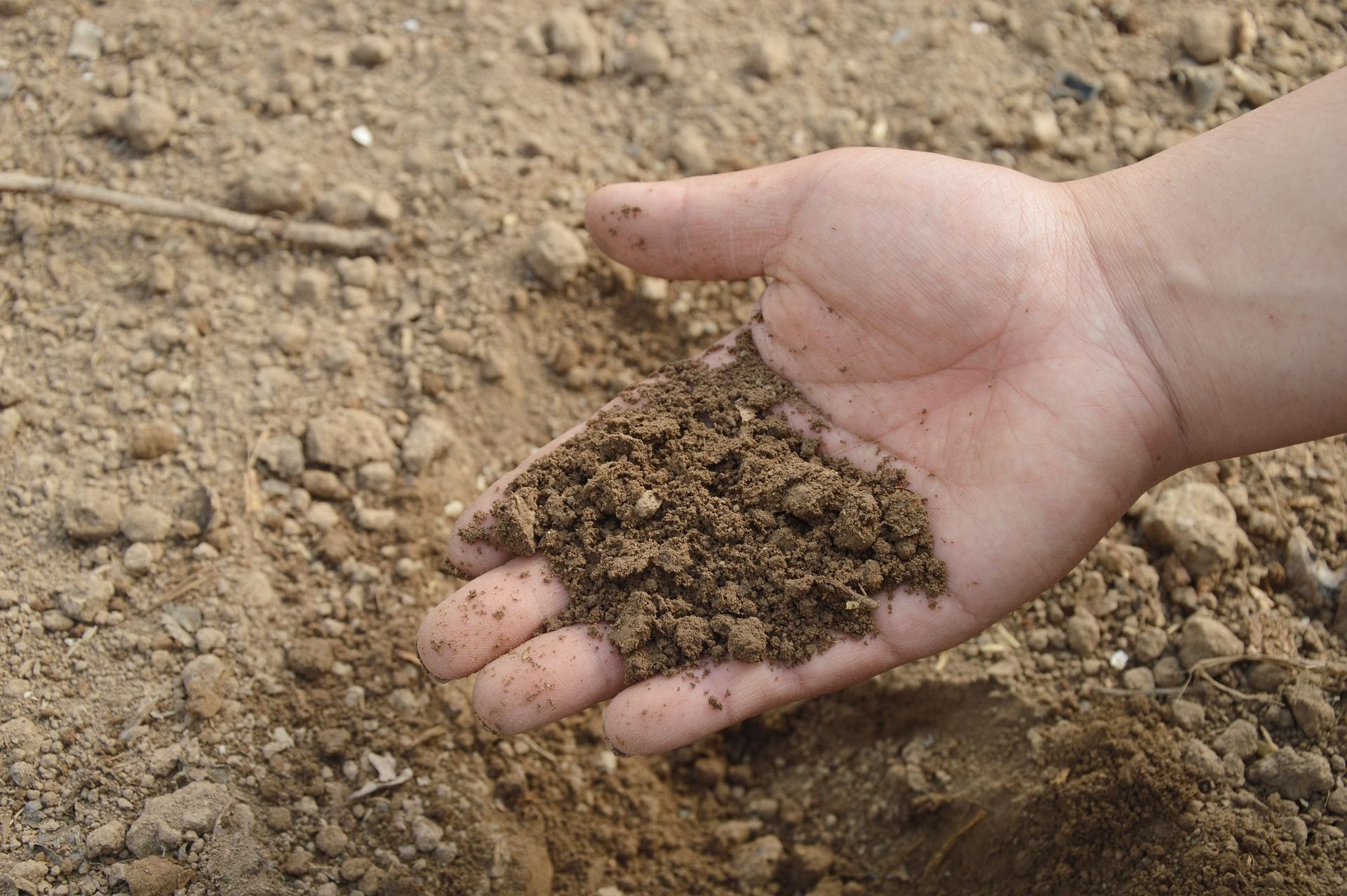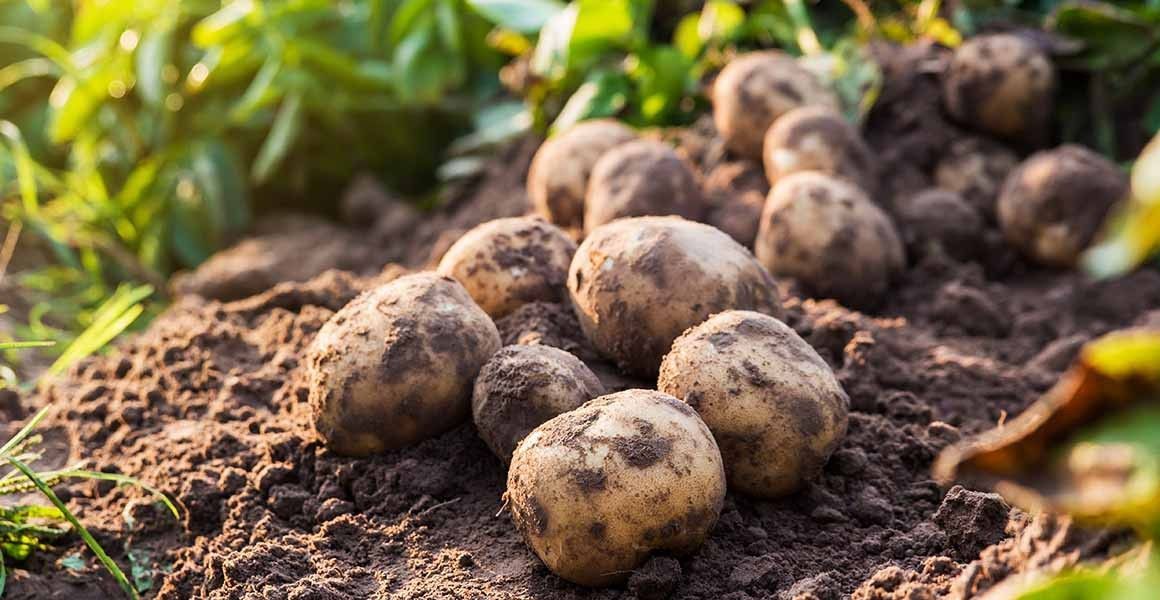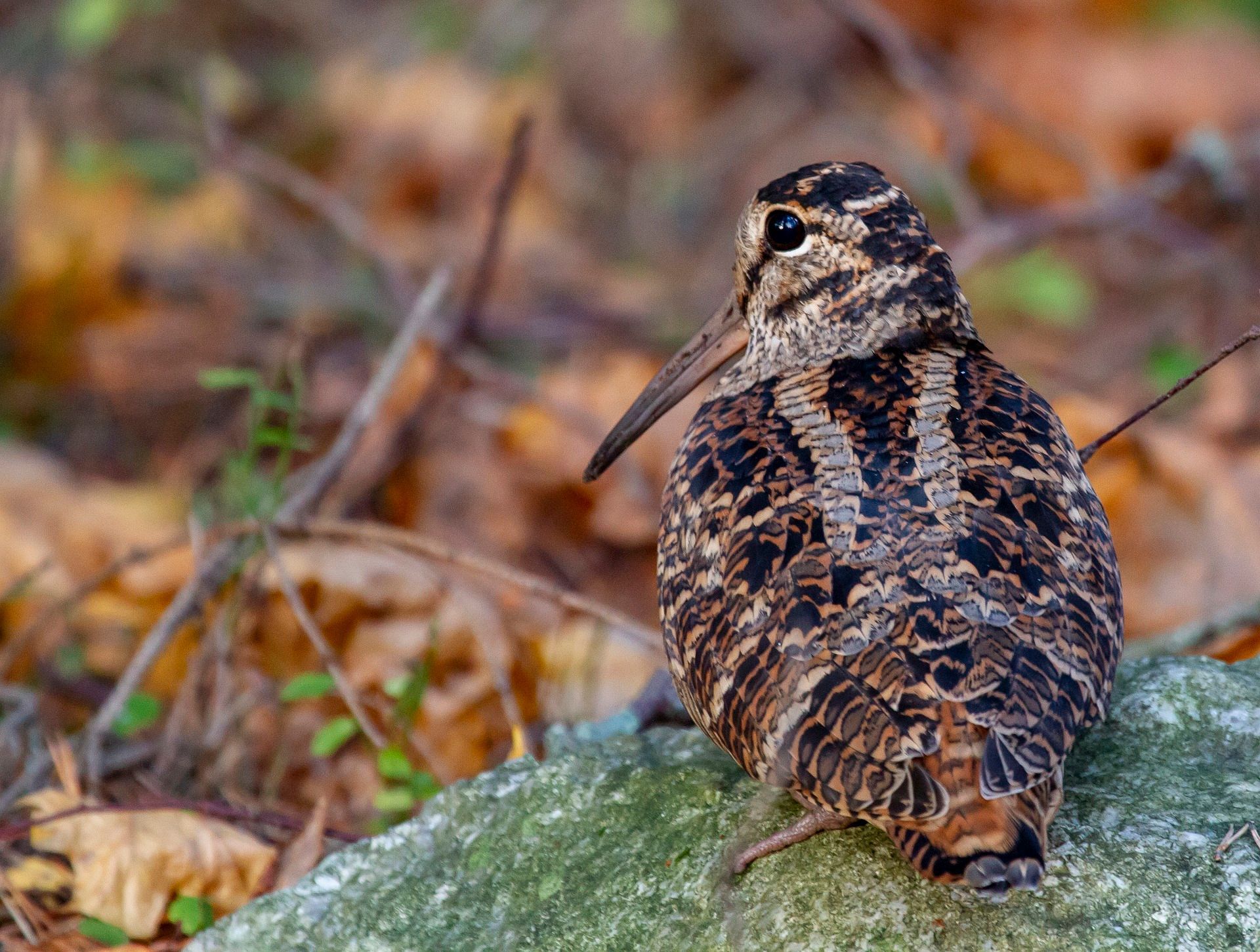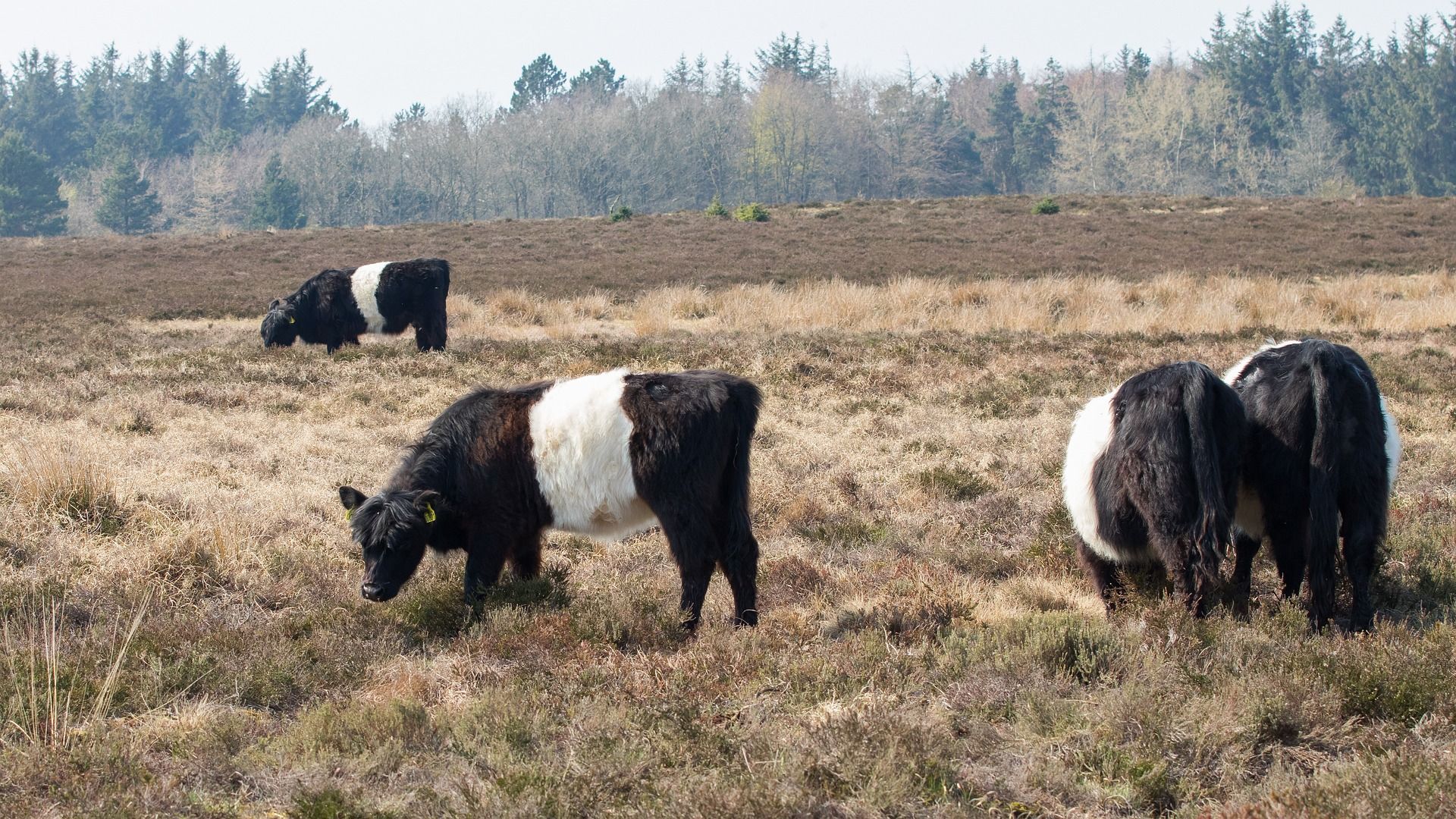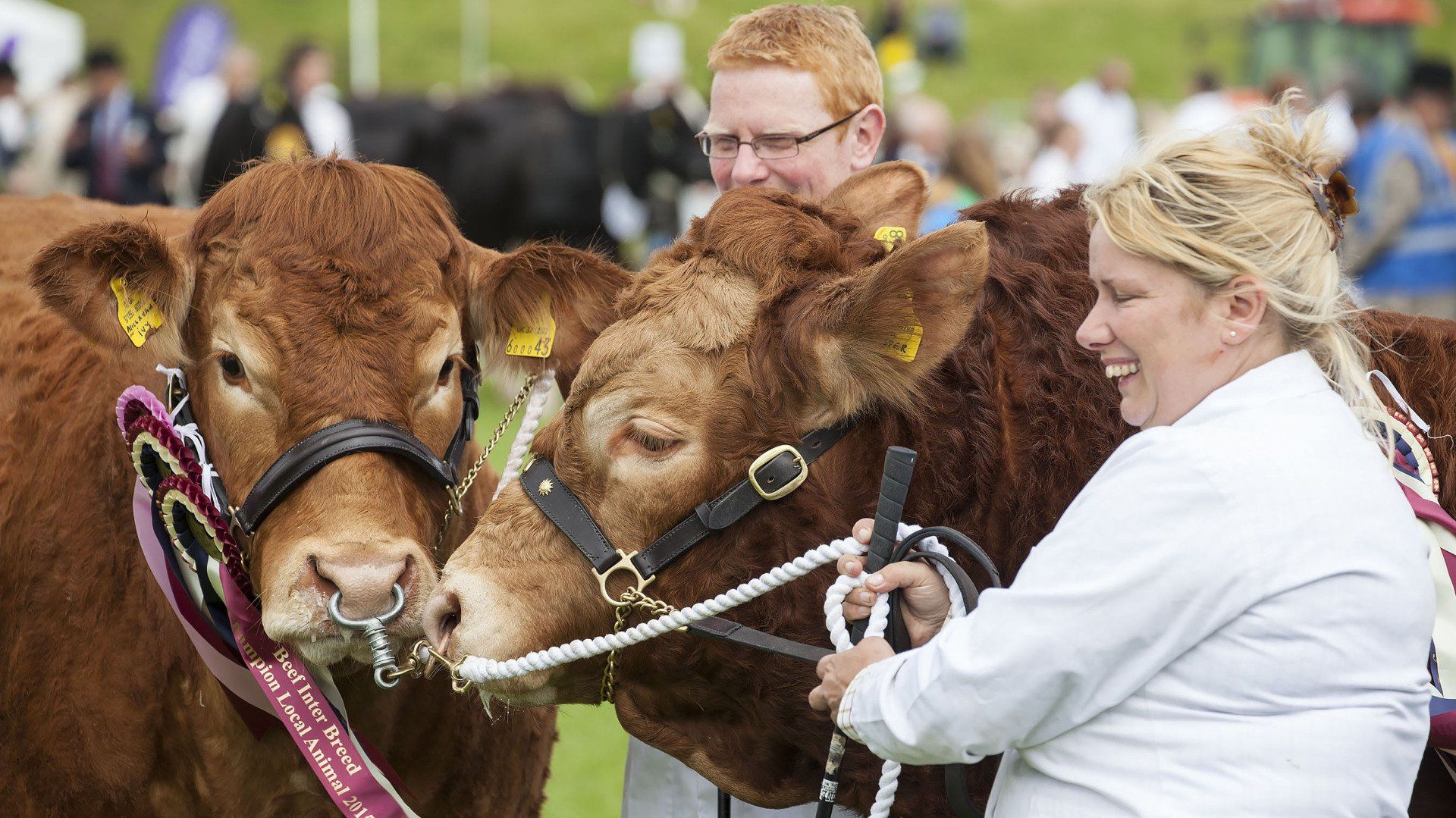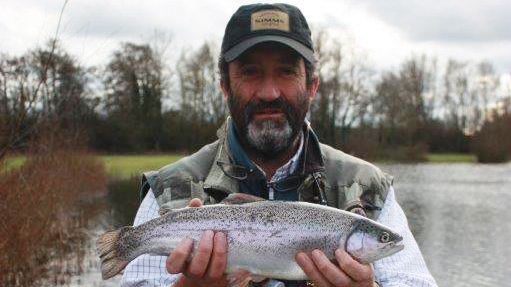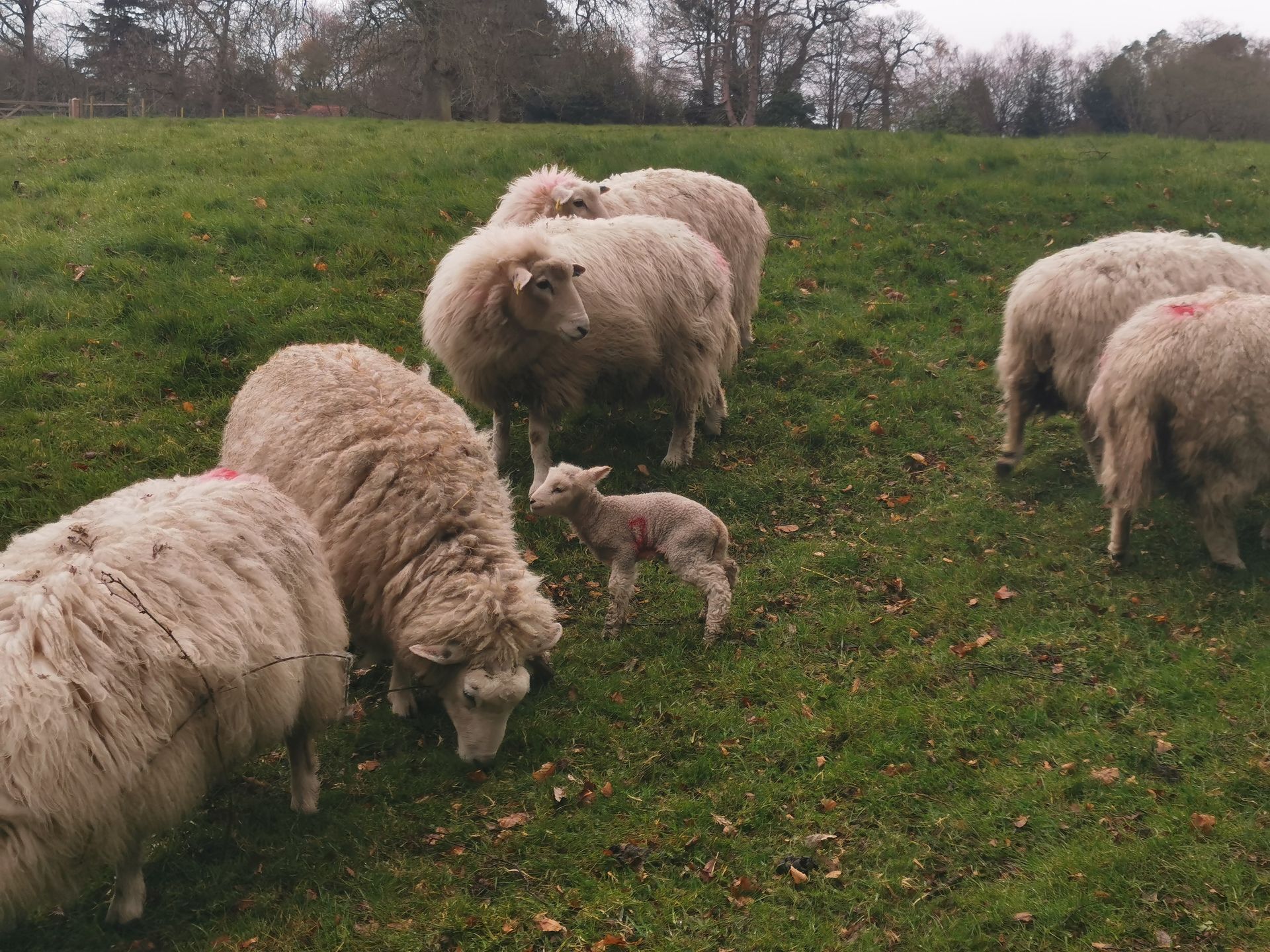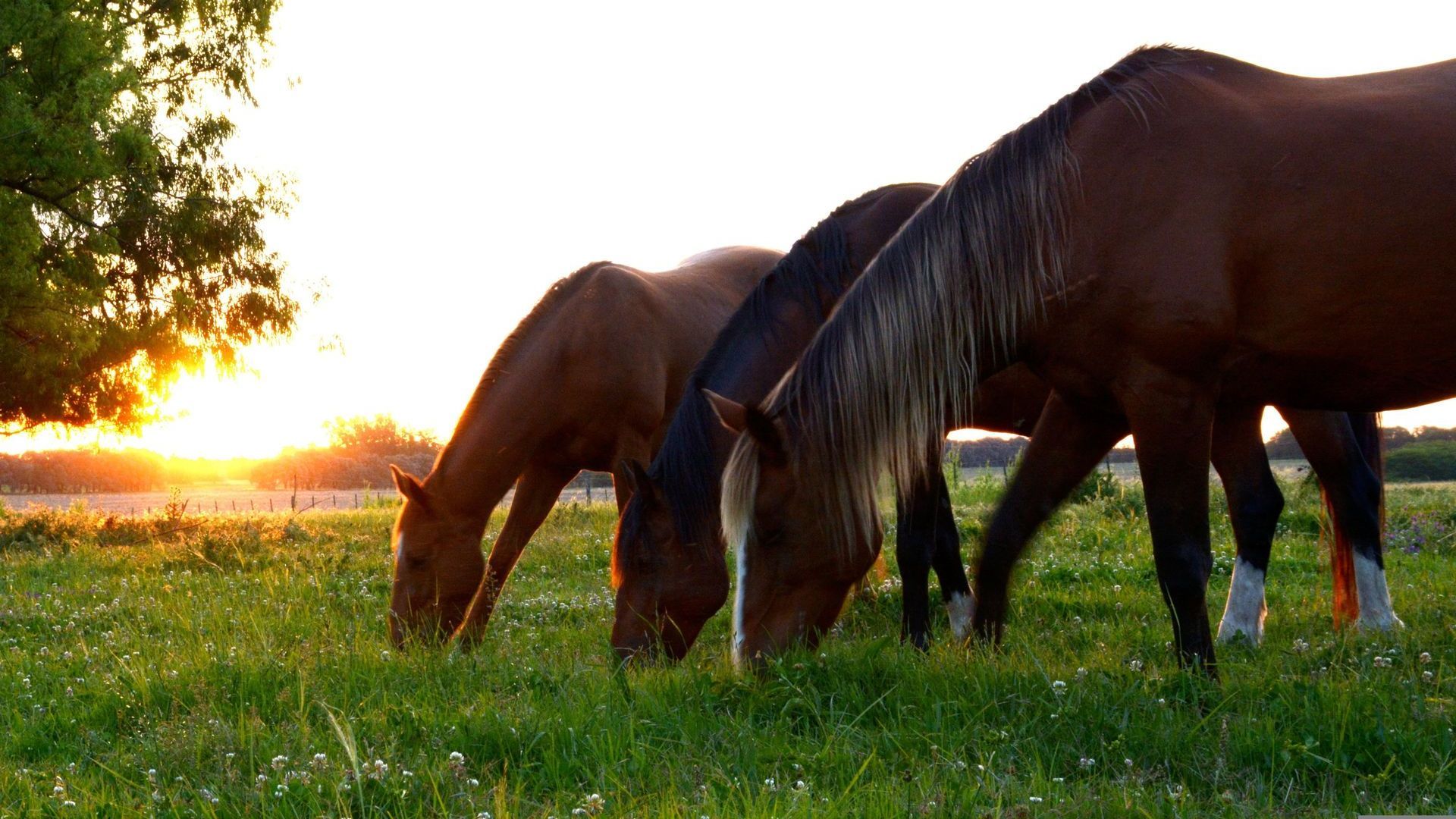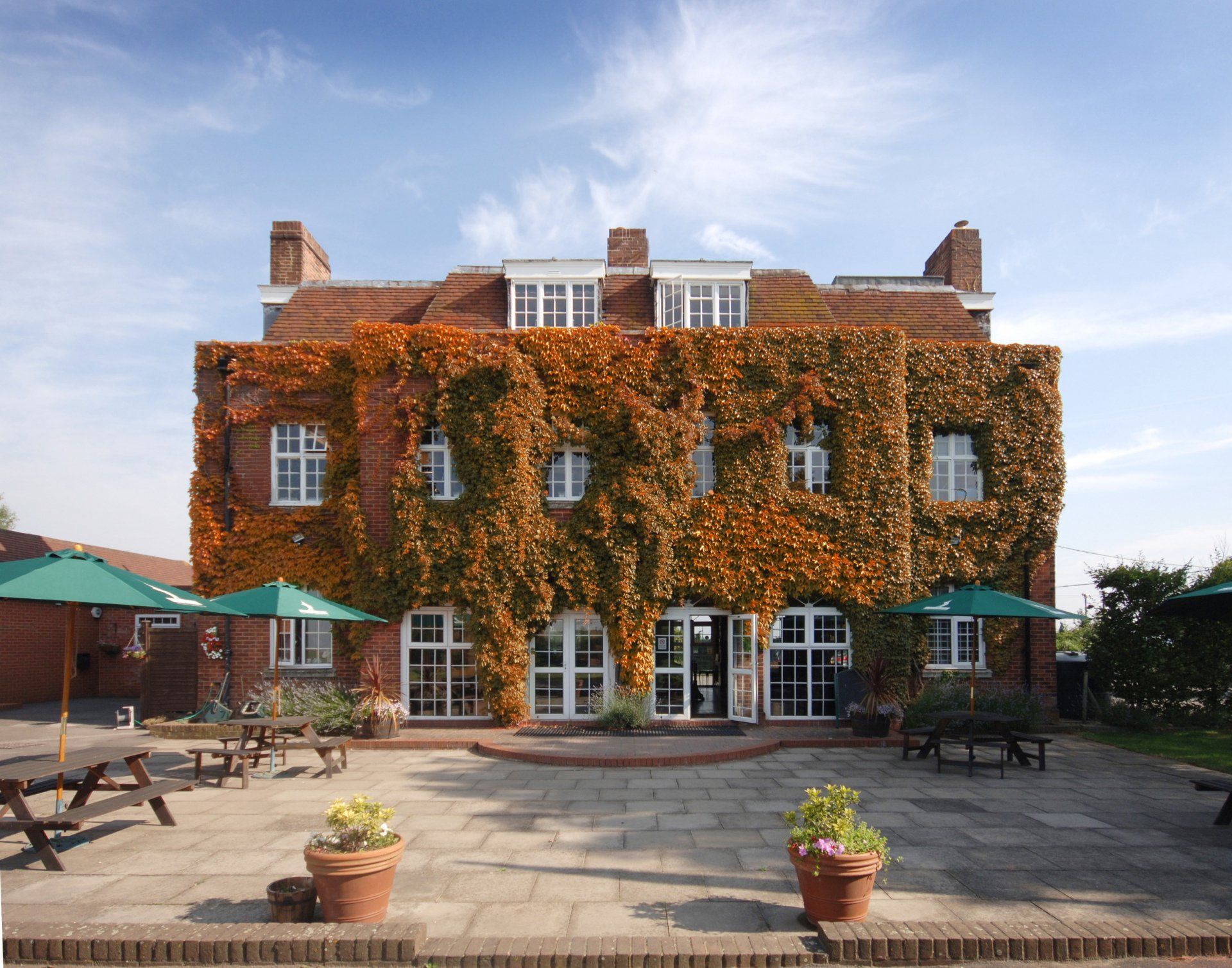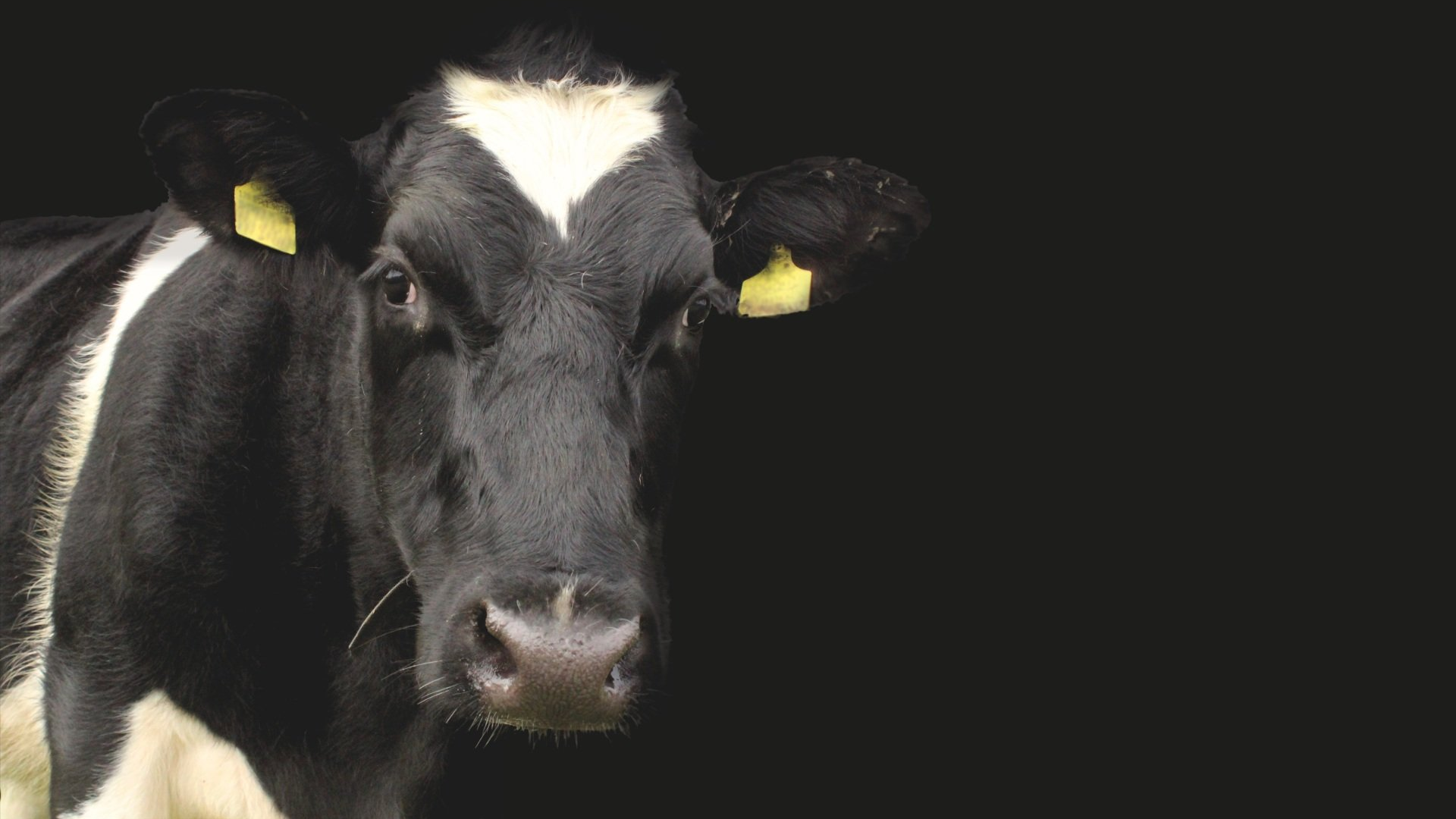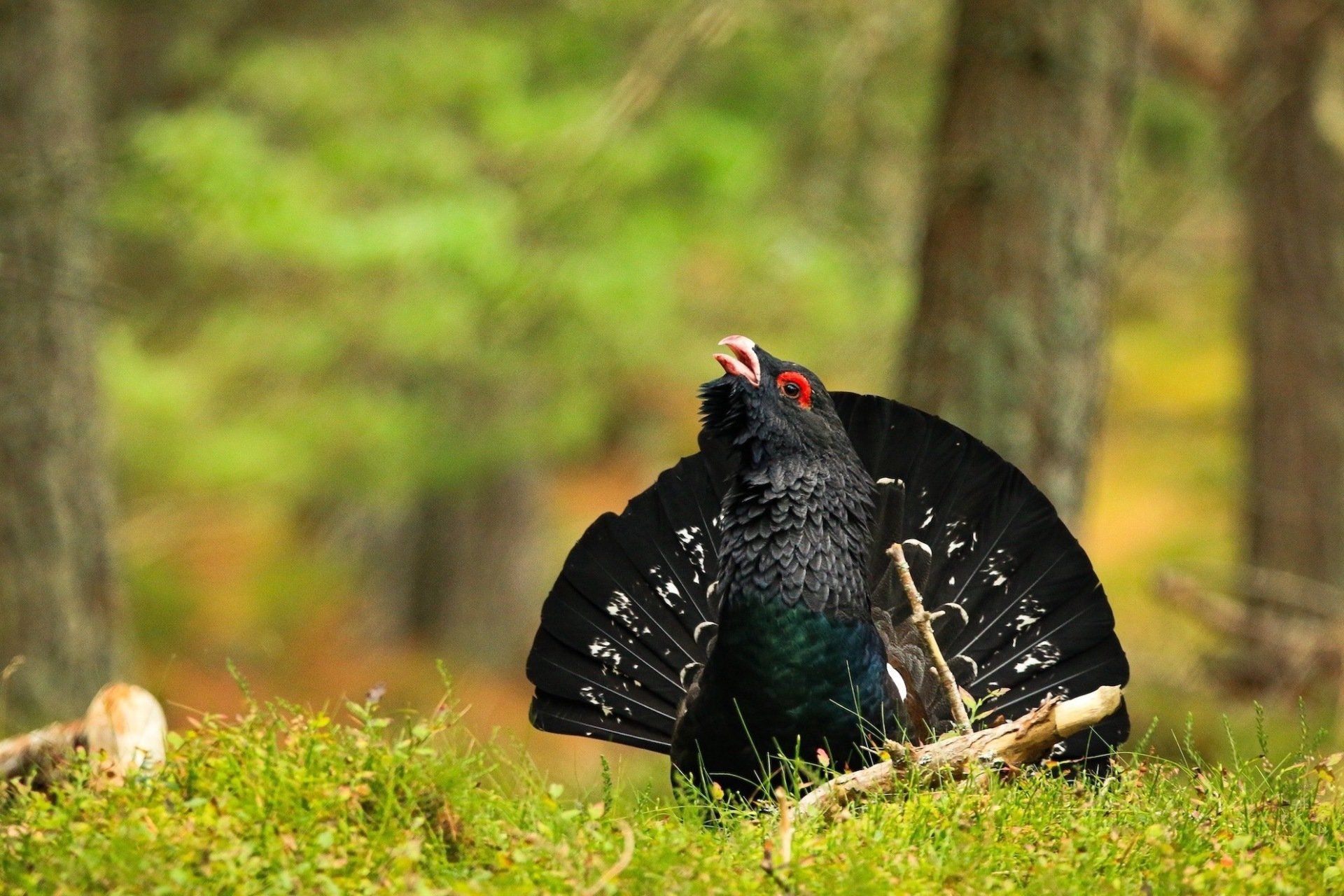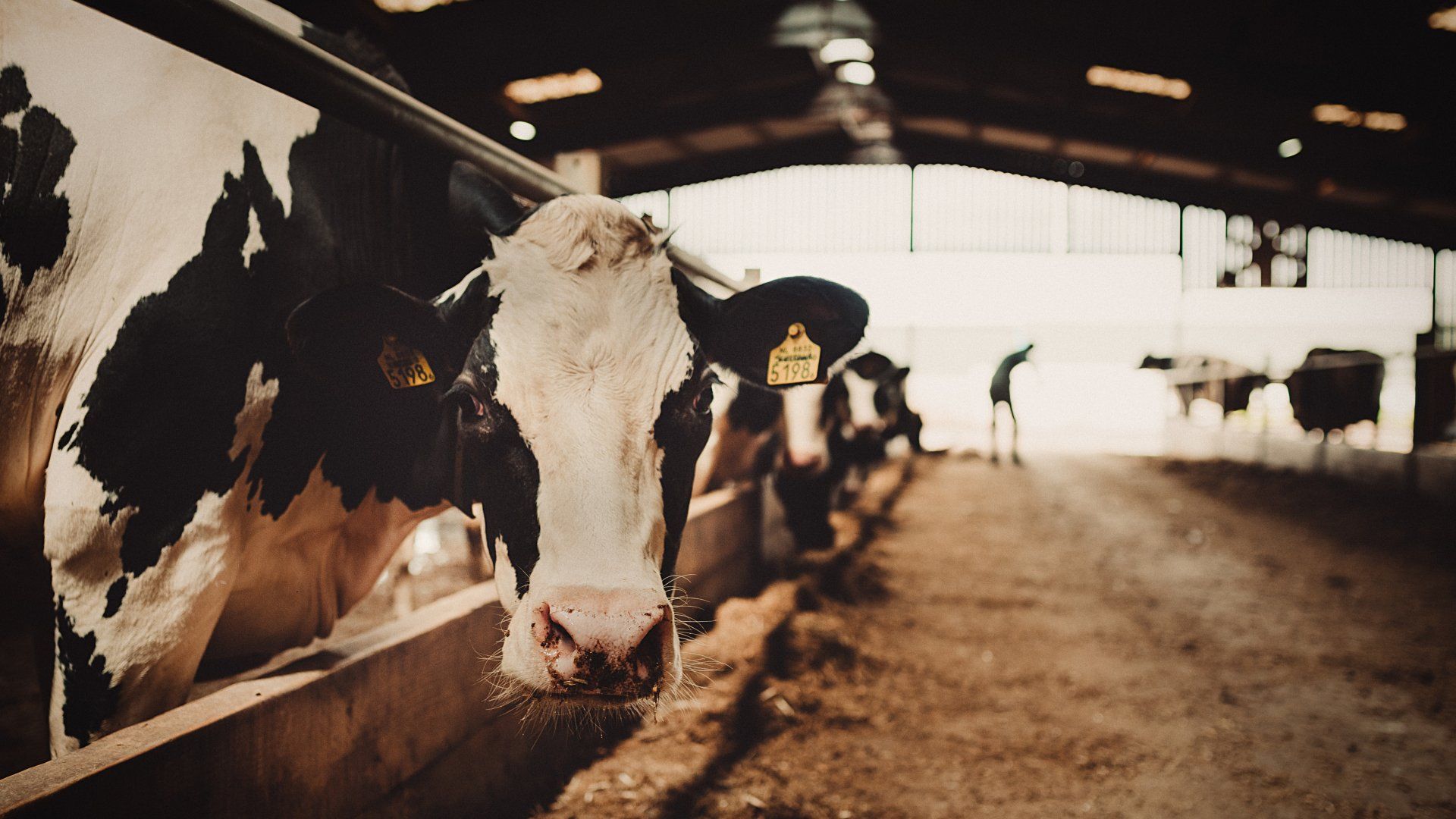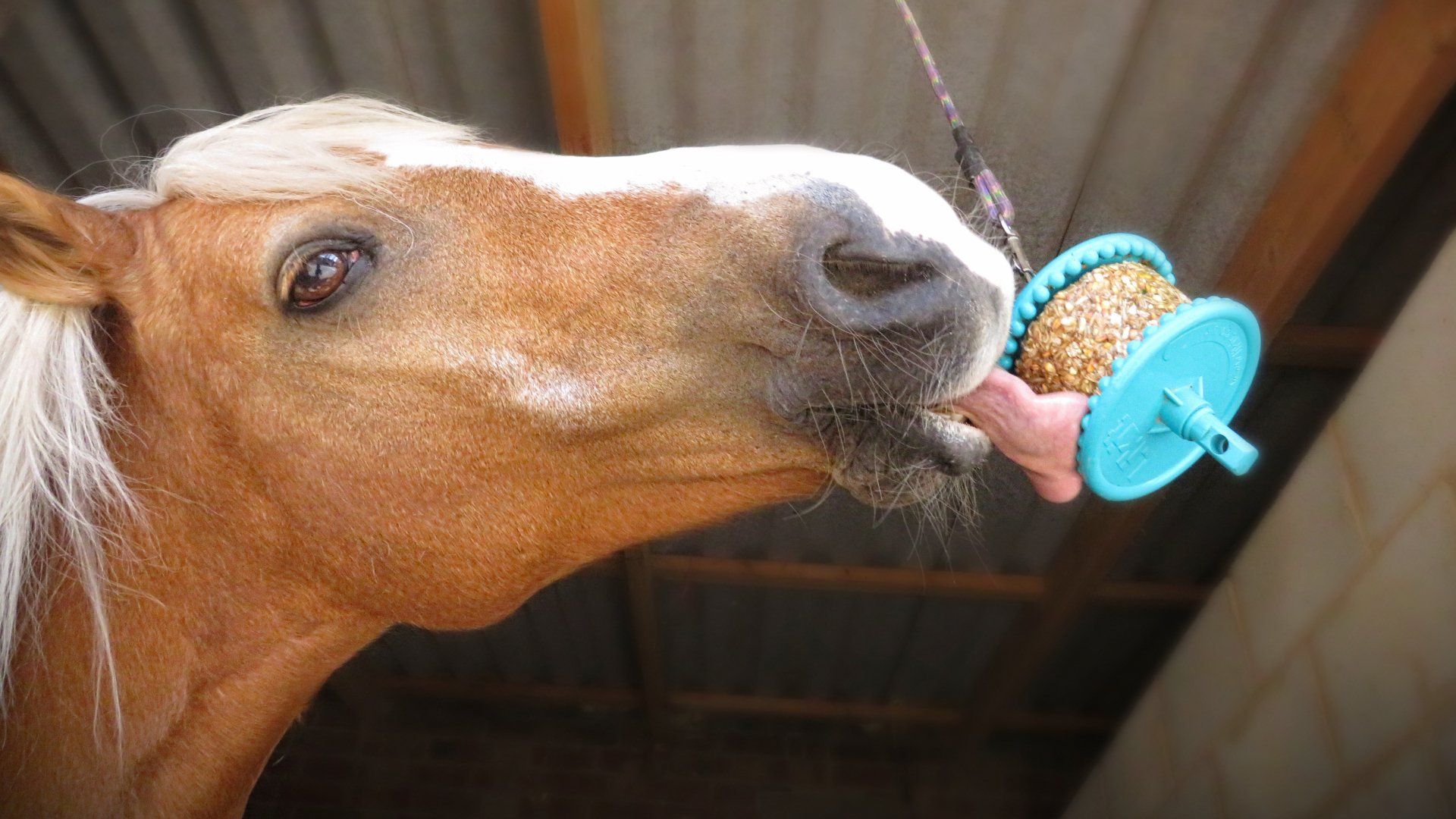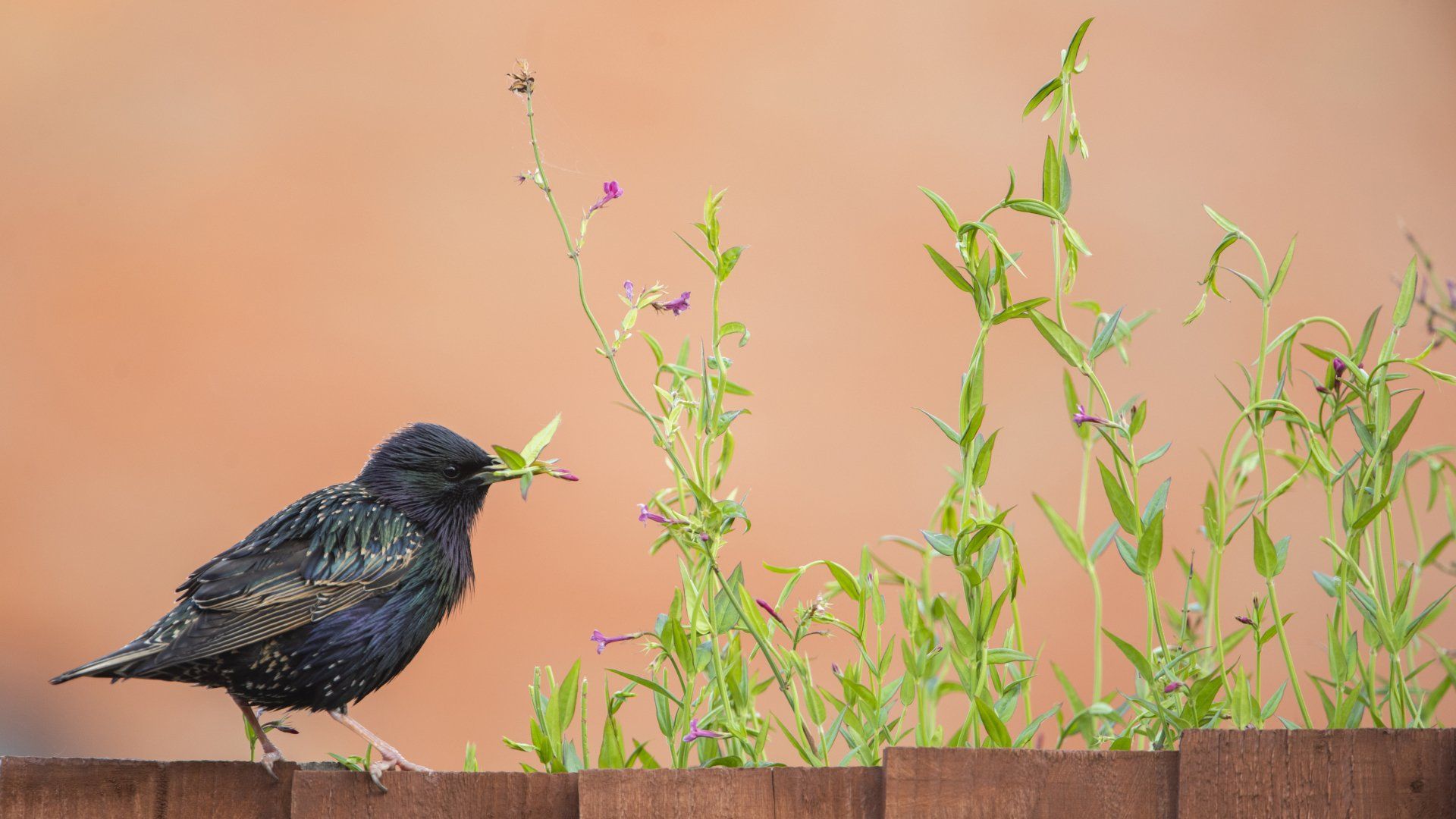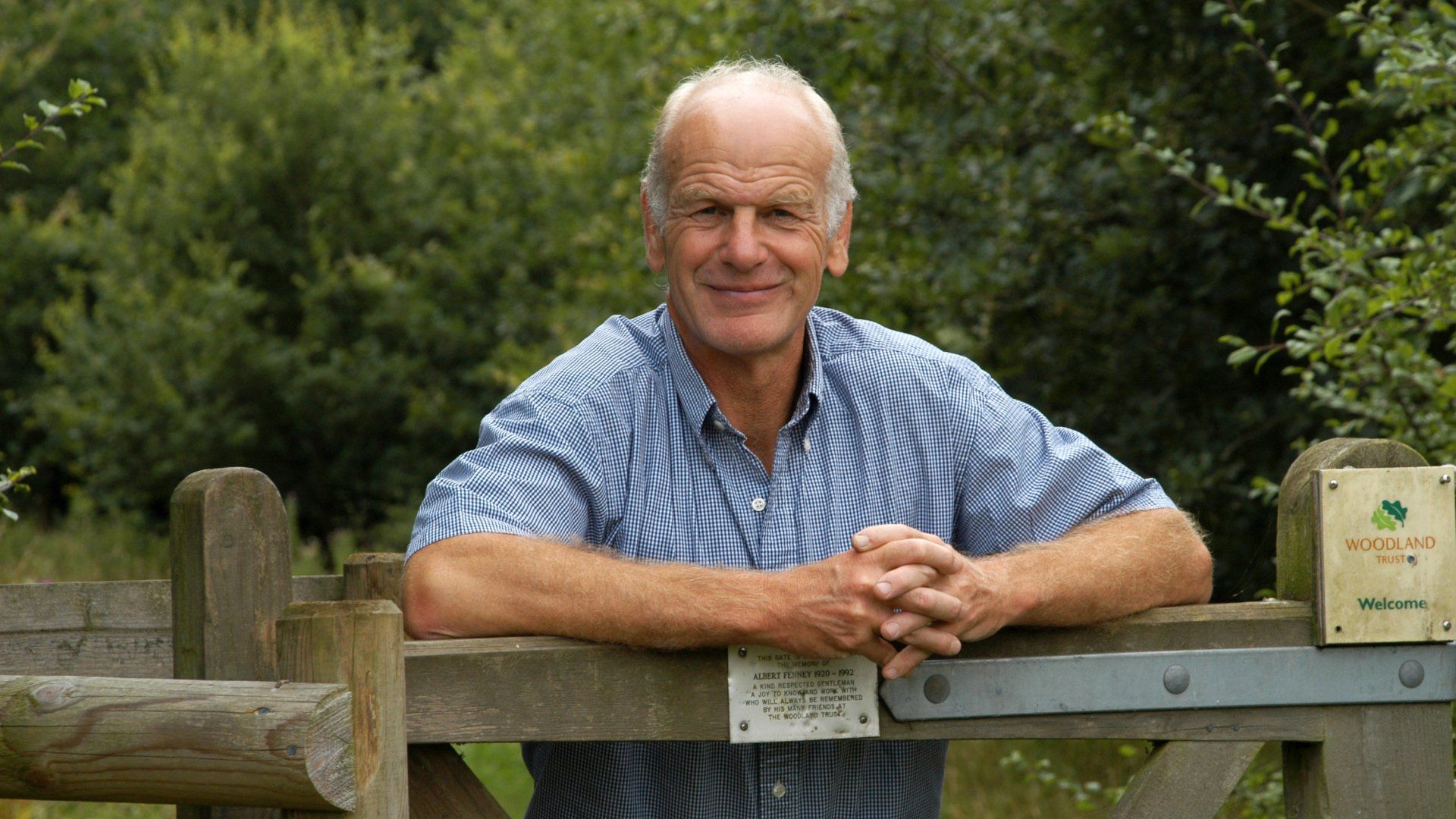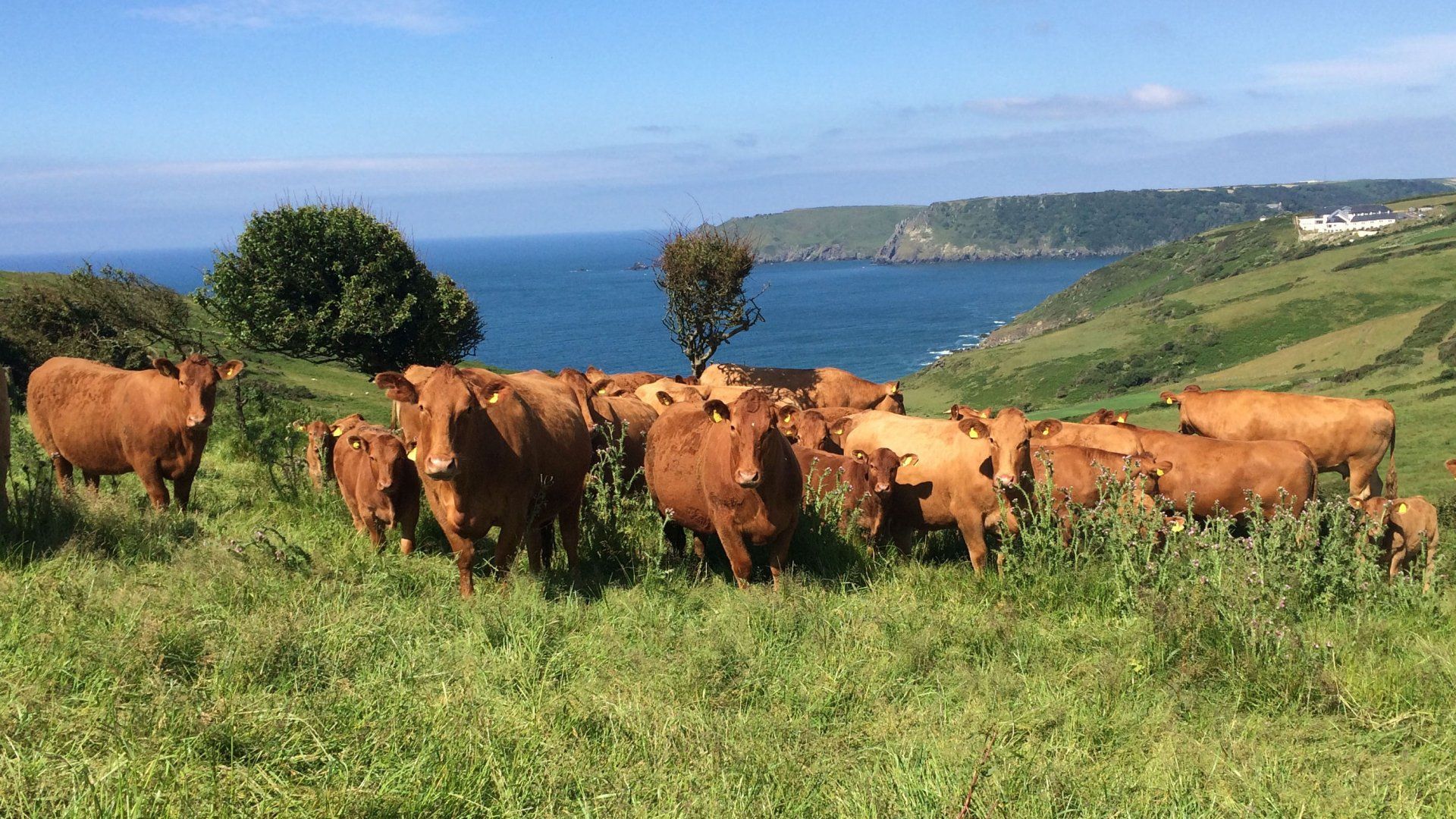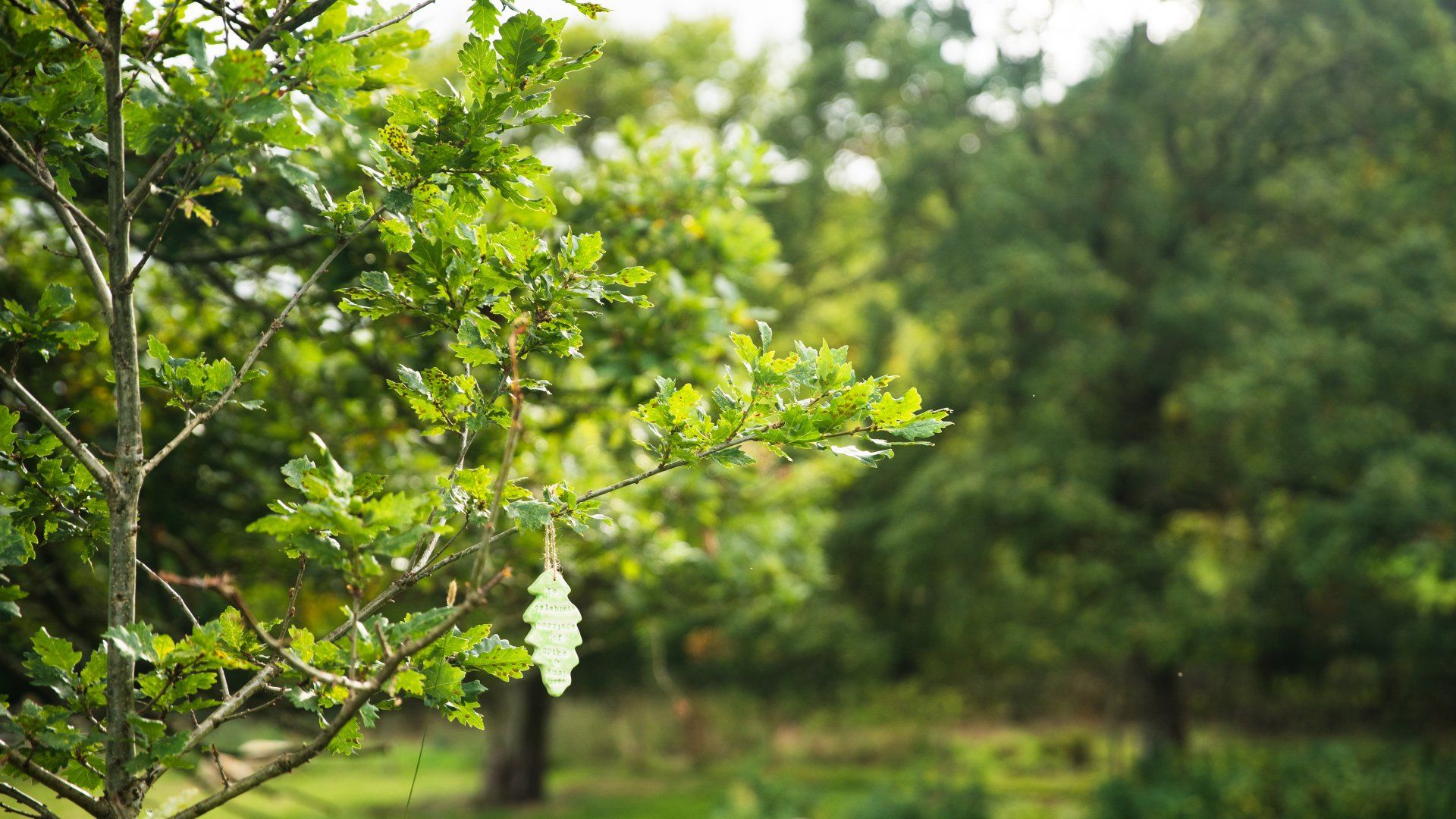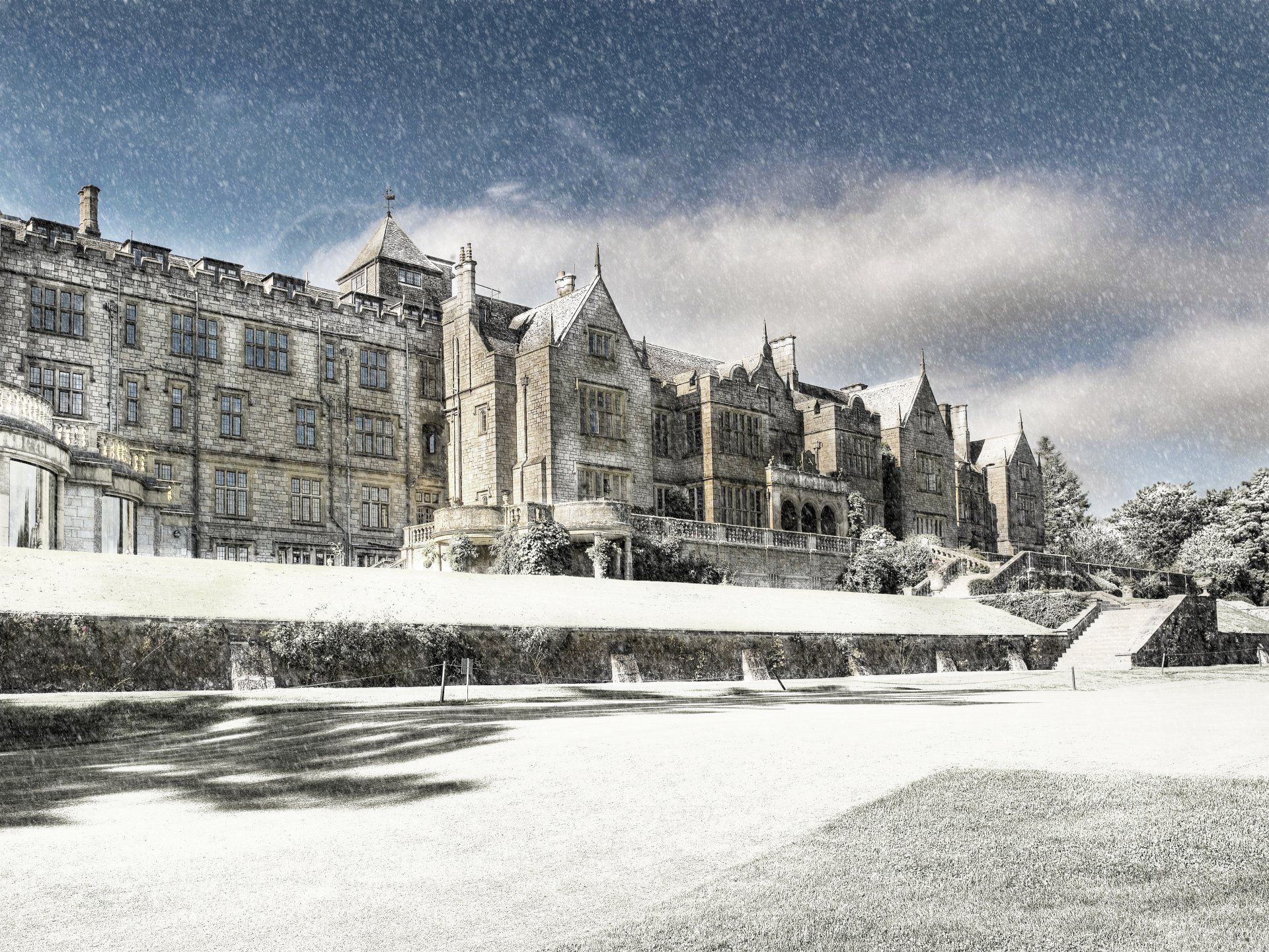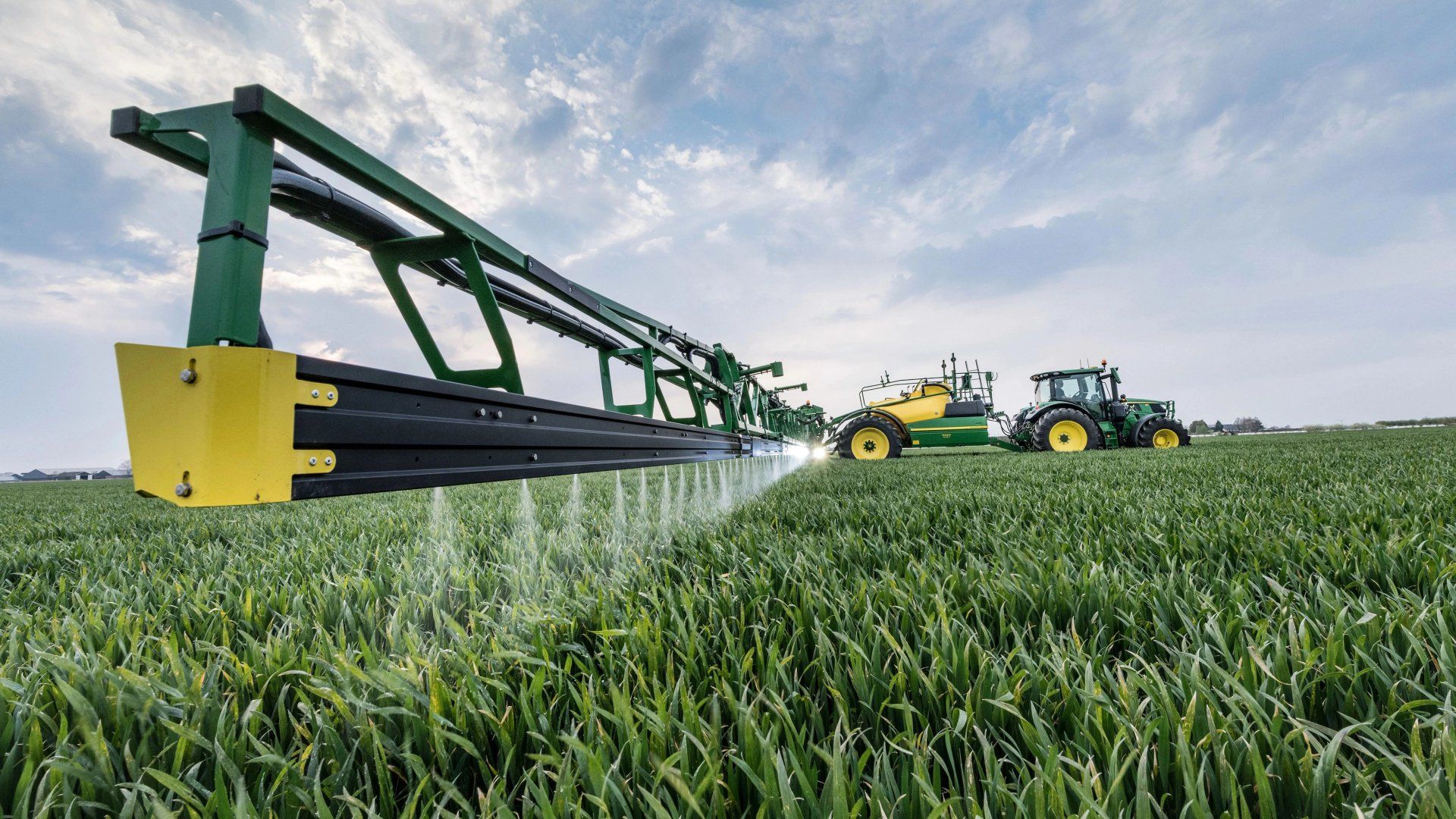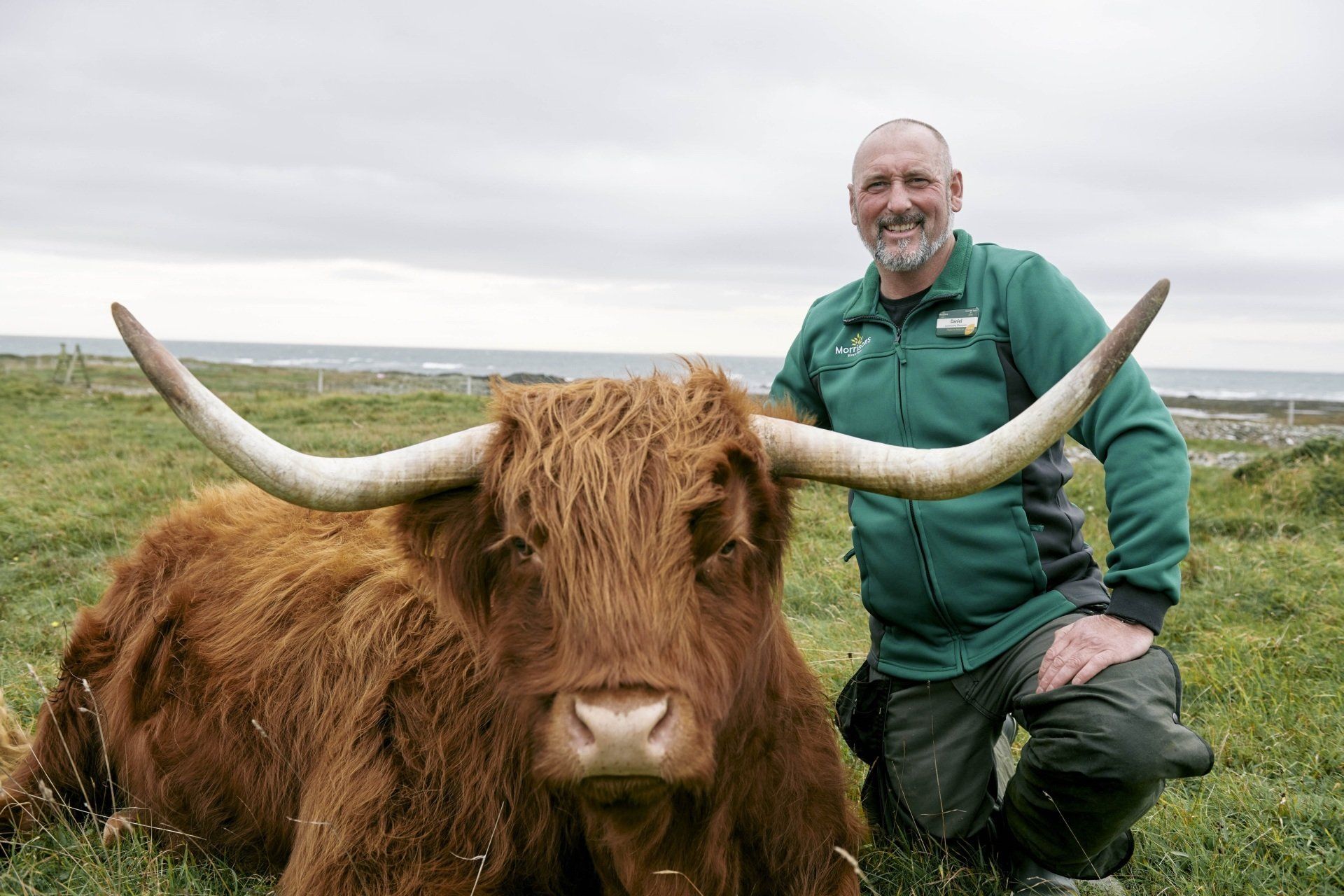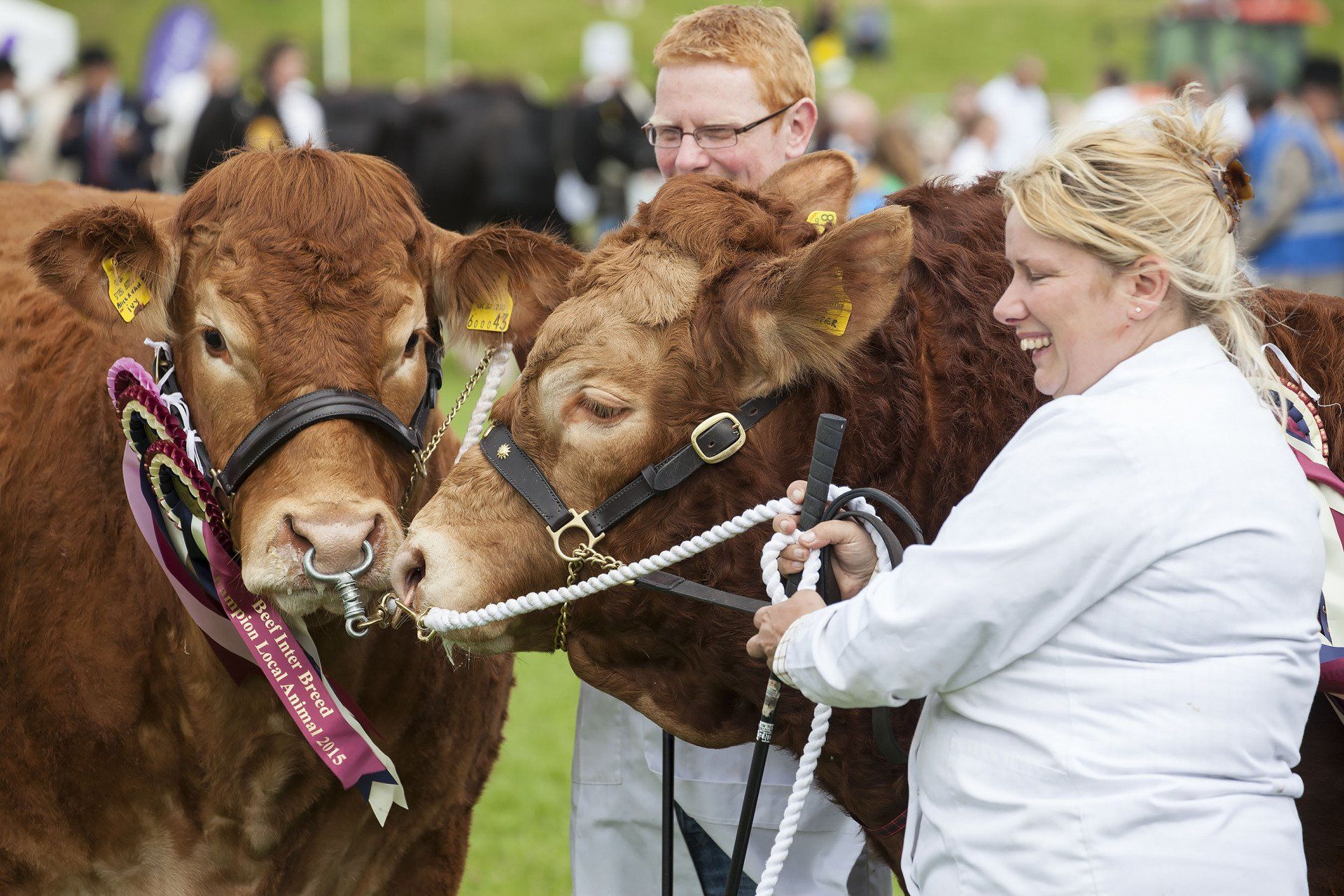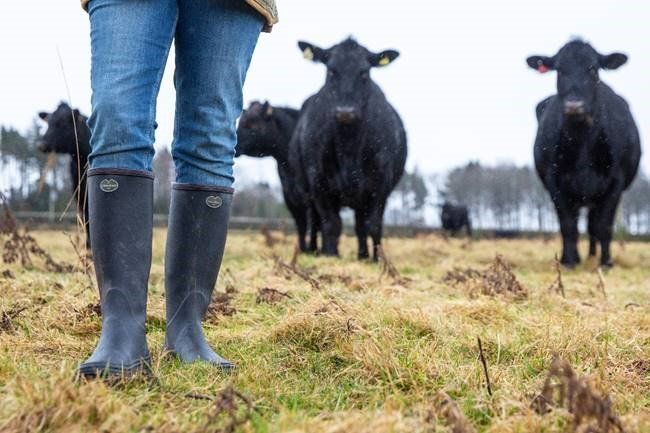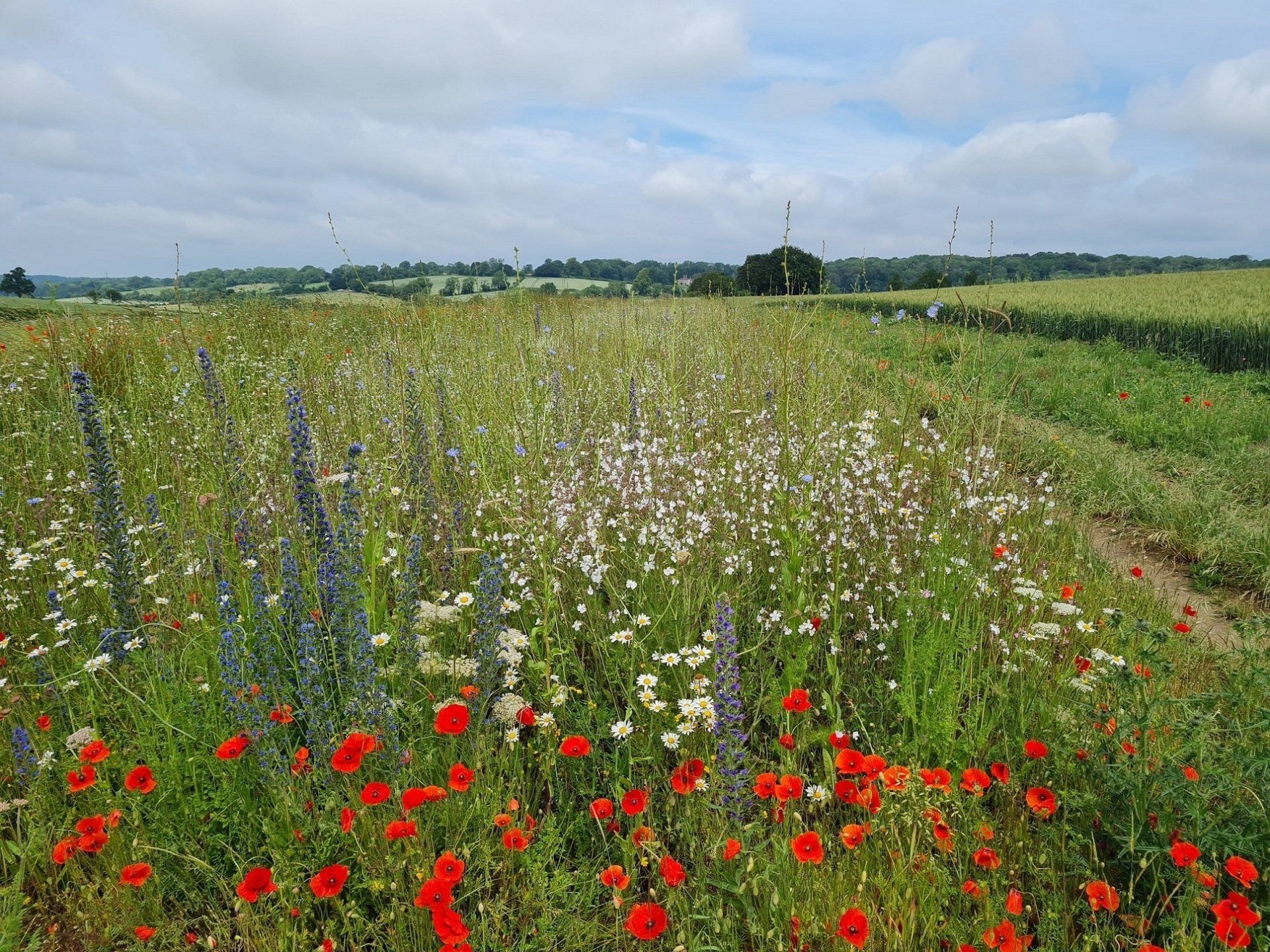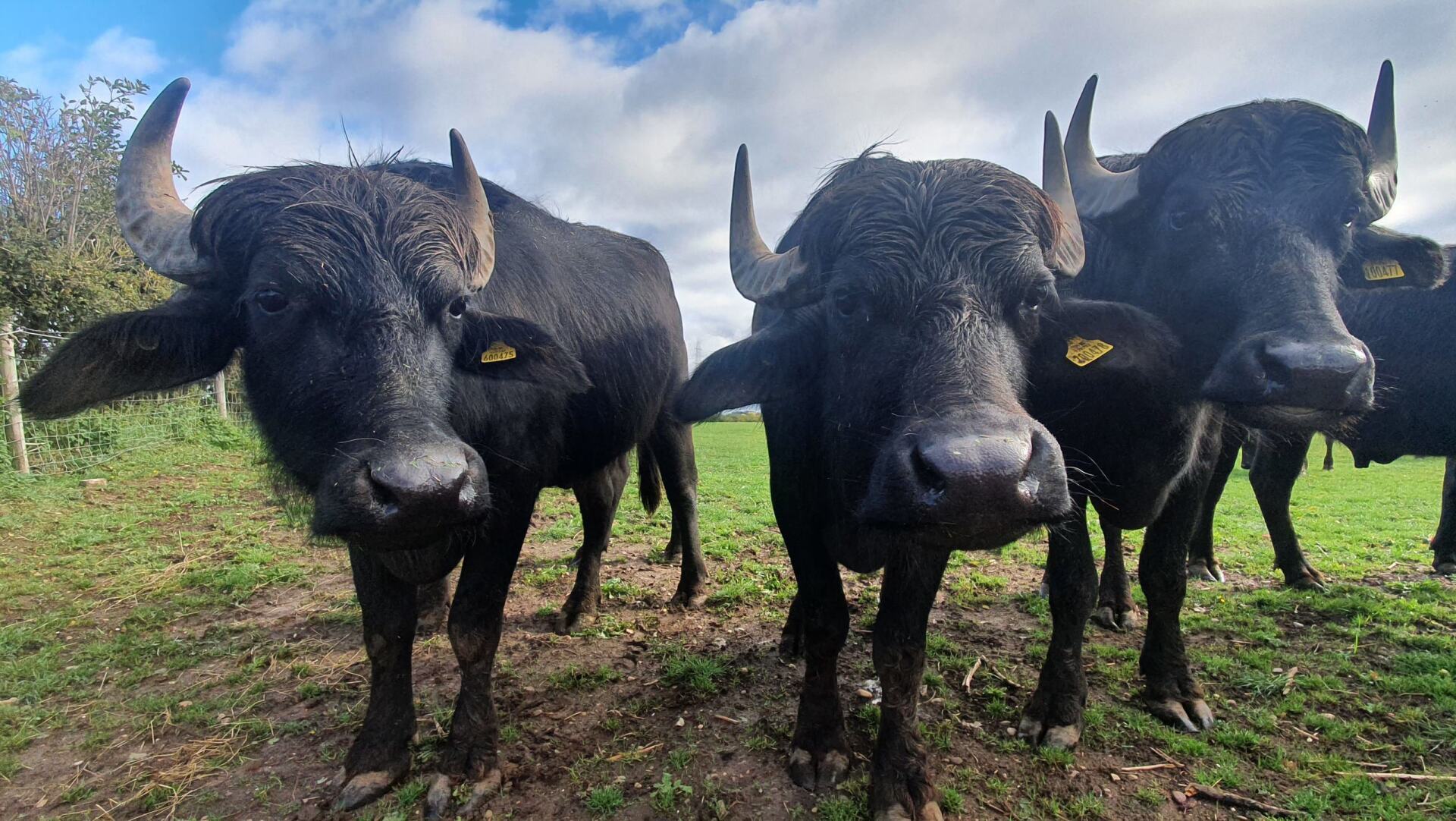Spring's Graceful Harbinger
The Swallow's Return
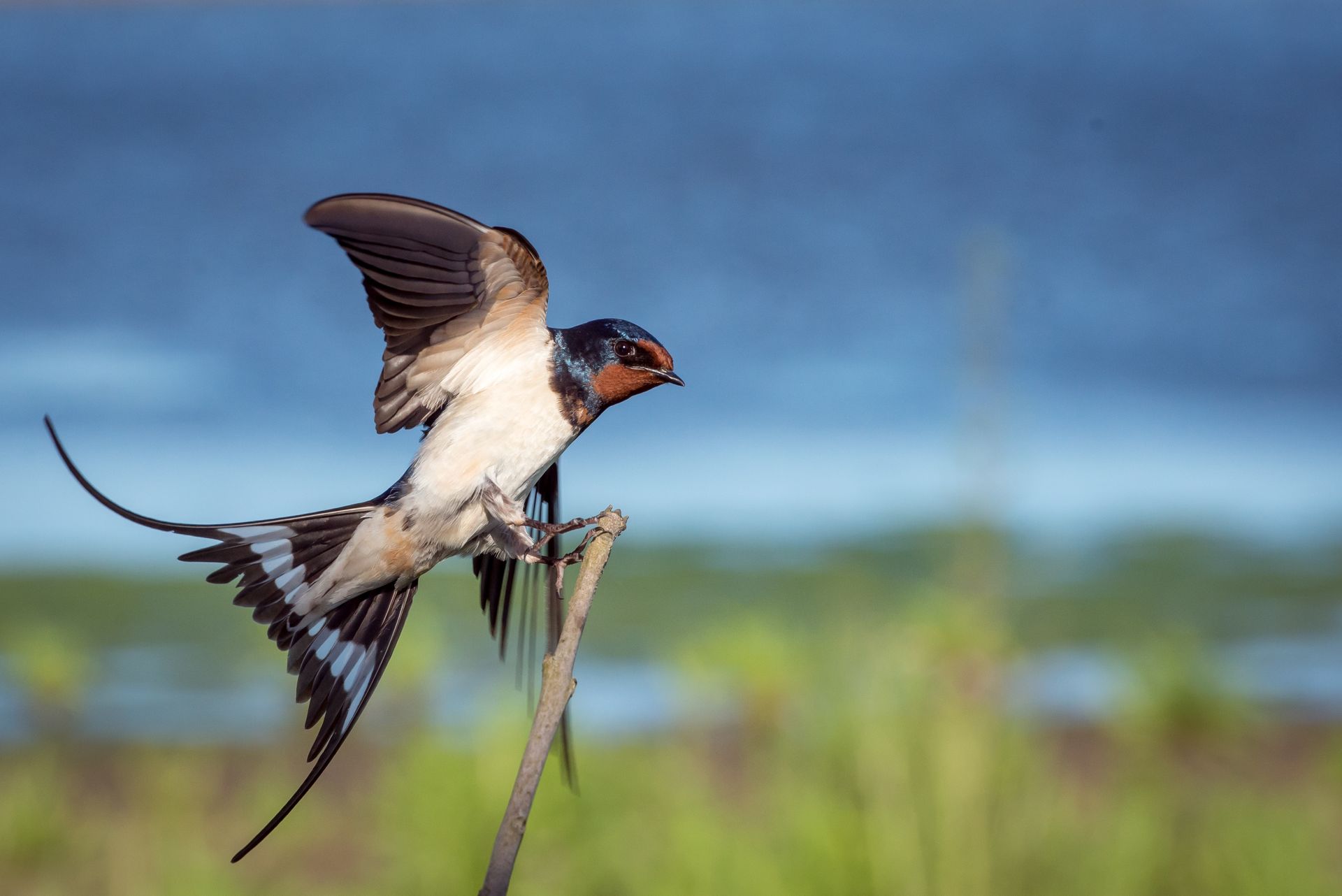
With the arrival of spring, nature awakens from its winter slumber, heralding the return of migratory birds to their breeding grounds.
Among these avian travelers, the swallow stands out as an iconic symbol of the season, with its sleek silhouette and graceful aerial acrobatics. In this feature, we delve into the captivating journey of the swallow bird as it returns to the UK in spring, tracing its migratory route, behaviour, and significance in heralding the arrival of warmer days.
The Journey Home: Each year, swallows embark on an epic migration from their wintering grounds in Africa to their breeding sites in the UK and other parts of Europe. Covering thousands of miles across continents and oceans, these remarkable birds navigate by instinct and celestial cues, following established migratory routes passed down through generations.
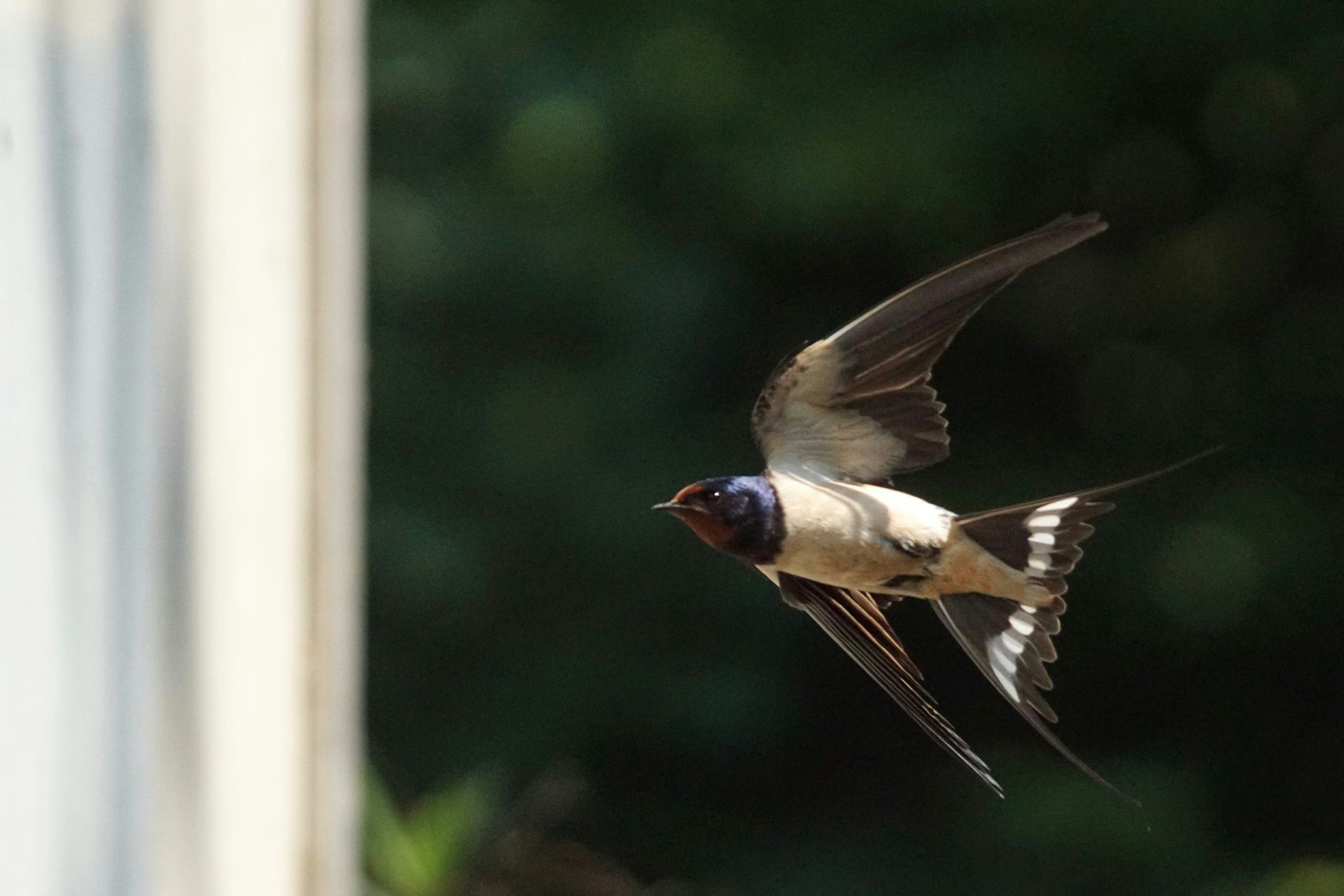
As the days lengthen and temperatures rise in spring, swallows set out on their northward journey, crossing the Sahara Desert, traversing the Mediterranean Sea, and eventually reaching their summer destinations in the UK's countryside, woodlands, and urban areas.
Behaviour and Adaptations: Upon their arrival in the UK, swallows waste no time in establishing their breeding territories and courtship rituals. Males perform elaborate aerial displays, swooping and diving with astonishing precision to attract mates and defend their nesting sites.
Once paired, pairs of swallows work tirelessly to build their nests, typically constructed from mud and grass, often nestled under eaves, bridges, or in outbuildings. Female swallows lay clutches of eggs, and both parents take turns incubating them until they hatch, usually after two to three weeks.
After hatching, the parents feed their hungry chicks a diet of insects, making use of their agile flight and keen hunting skills to capture prey on the wing.
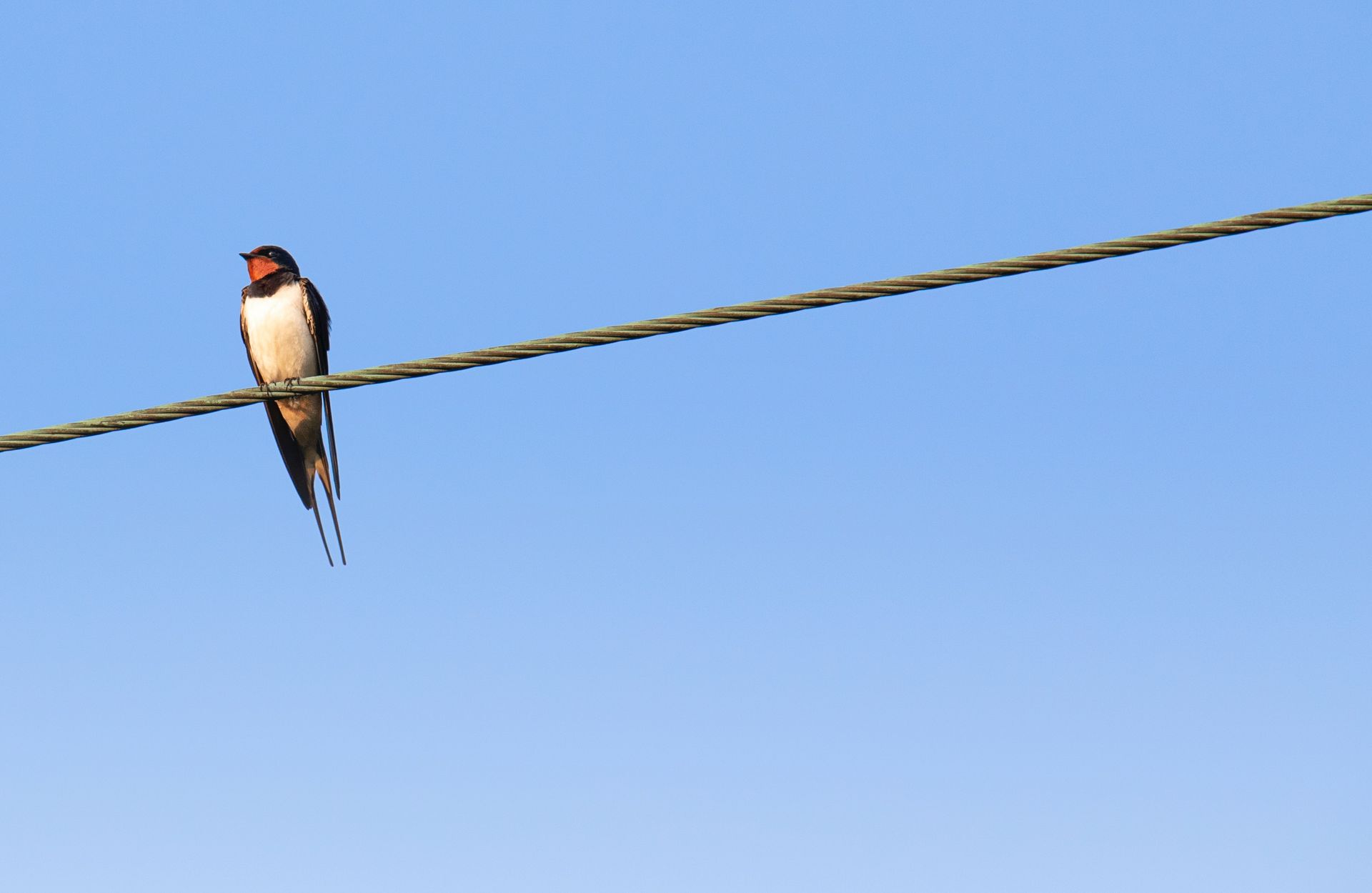
Significance and Symbolism: The return of swallows in spring holds deep cultural and symbolic significance across the UK and beyond. For centuries, swallows have been celebrated as harbingers of spring, their arrival signaling the end of winter and the beginning of warmer weather.
In folklore and mythology, swallows are often associated with themes of renewal, fertility, and freedom, representing the cycle of life and the promise of new beginnings. Their graceful flight and melodious song inspire artists, poets, and storytellers, capturing the imagination and stirring the soul with their timeless beauty and elegance.
Conservation and Challenges: While swallows continue to enchant us with their annual migration and aerial displays, their populations face various threats and challenges.
Loss of habitat, changes in agricultural practices, and climate change all pose risks to swallow populations, affecting their breeding success and survival.
Conservation efforts, including habitat restoration, nest box provision, and monitoring of population trends, are crucial for safeguarding these beloved birds and ensuring their long-term viability in the UK's
landscapes. By raising awareness and taking action to protect swallow habitats and breeding sites, we can help secure a future where these iconic birds continue to grace our skies for generations to come.
As spring unfolds its vibrant tapestry of life, the return of the swallow bird stands as a testament to the resilience and beauty of the natural world.
From their epic migratory journey across continents to their graceful aerial displays in the UK's skies, swallows captivate our hearts and minds with their timeless elegance and spirit of freedom.
As stewards of the environment, it is our responsibility to cherish and protect these cherished birds, ensuring that future generations can continue to marvel at their annual return and celebrate the enduring magic of spring.
Read more:
